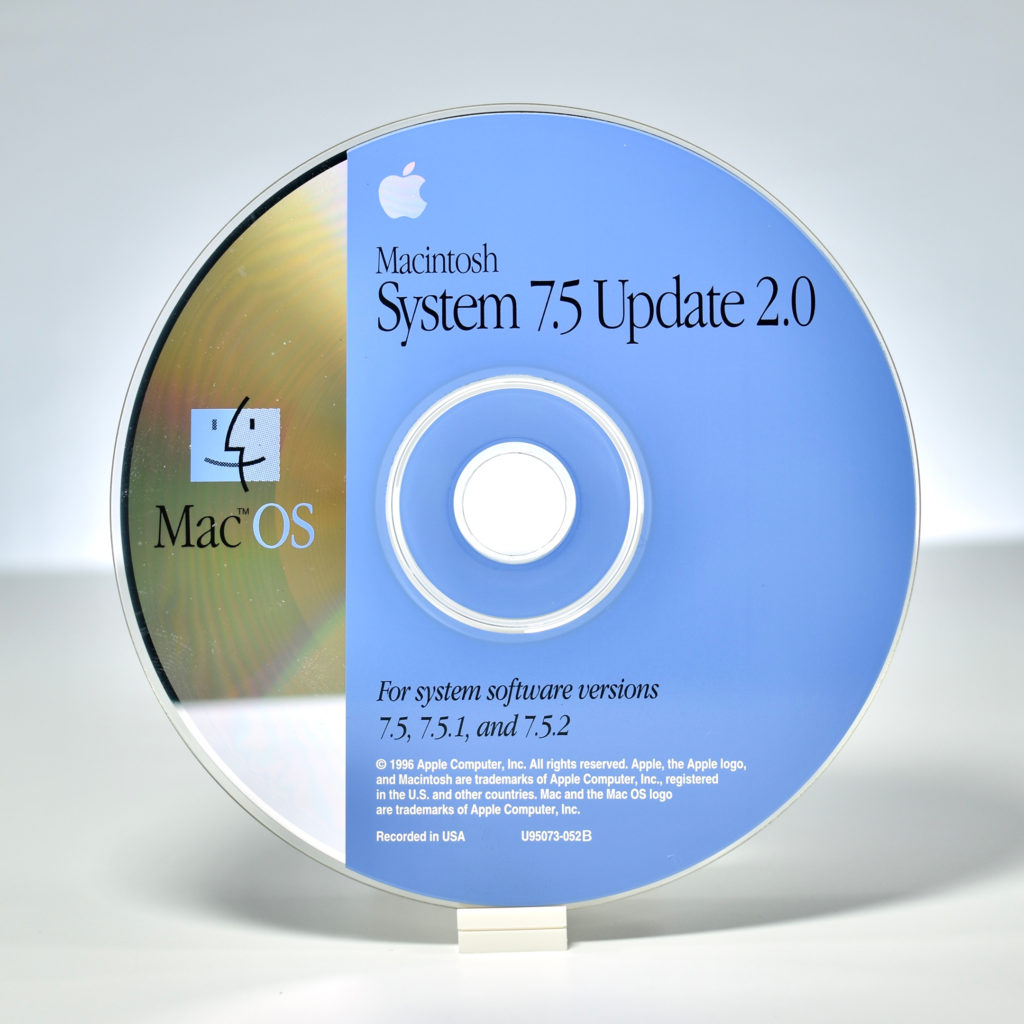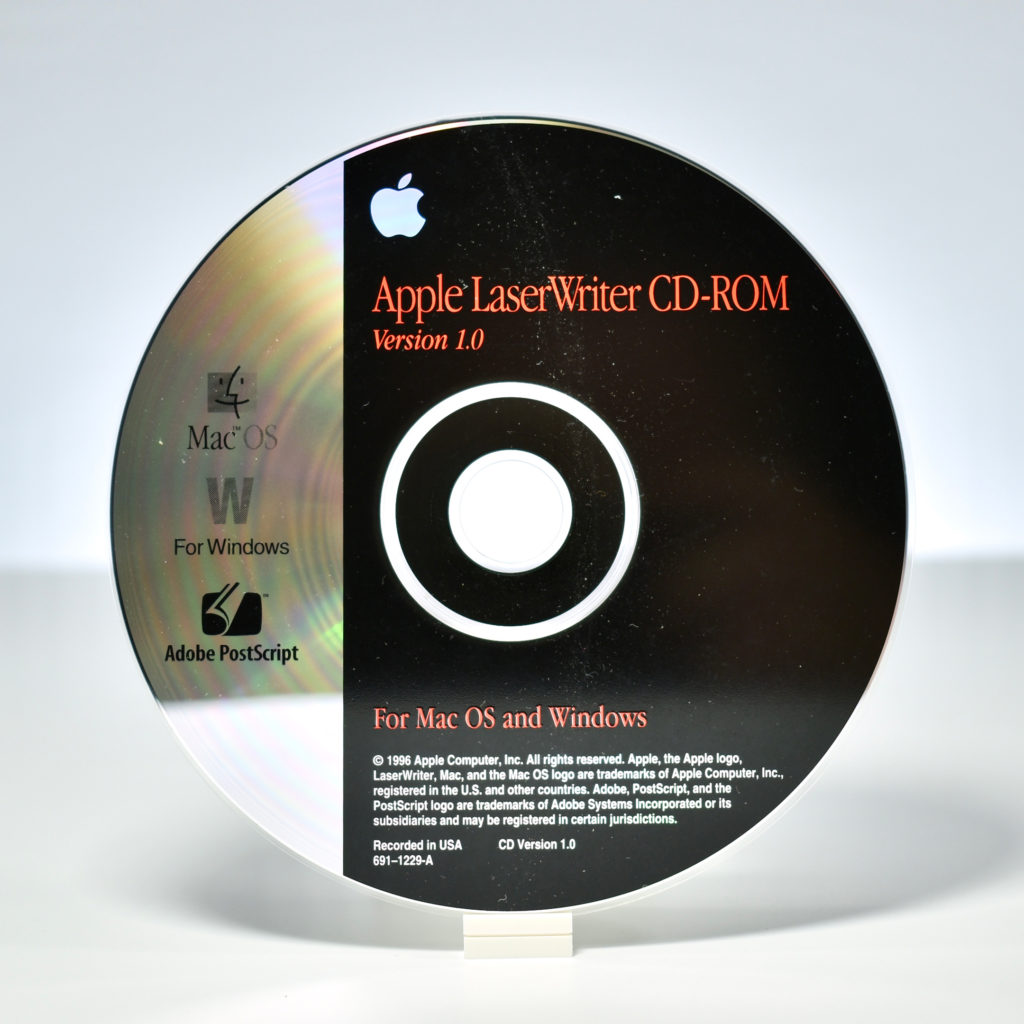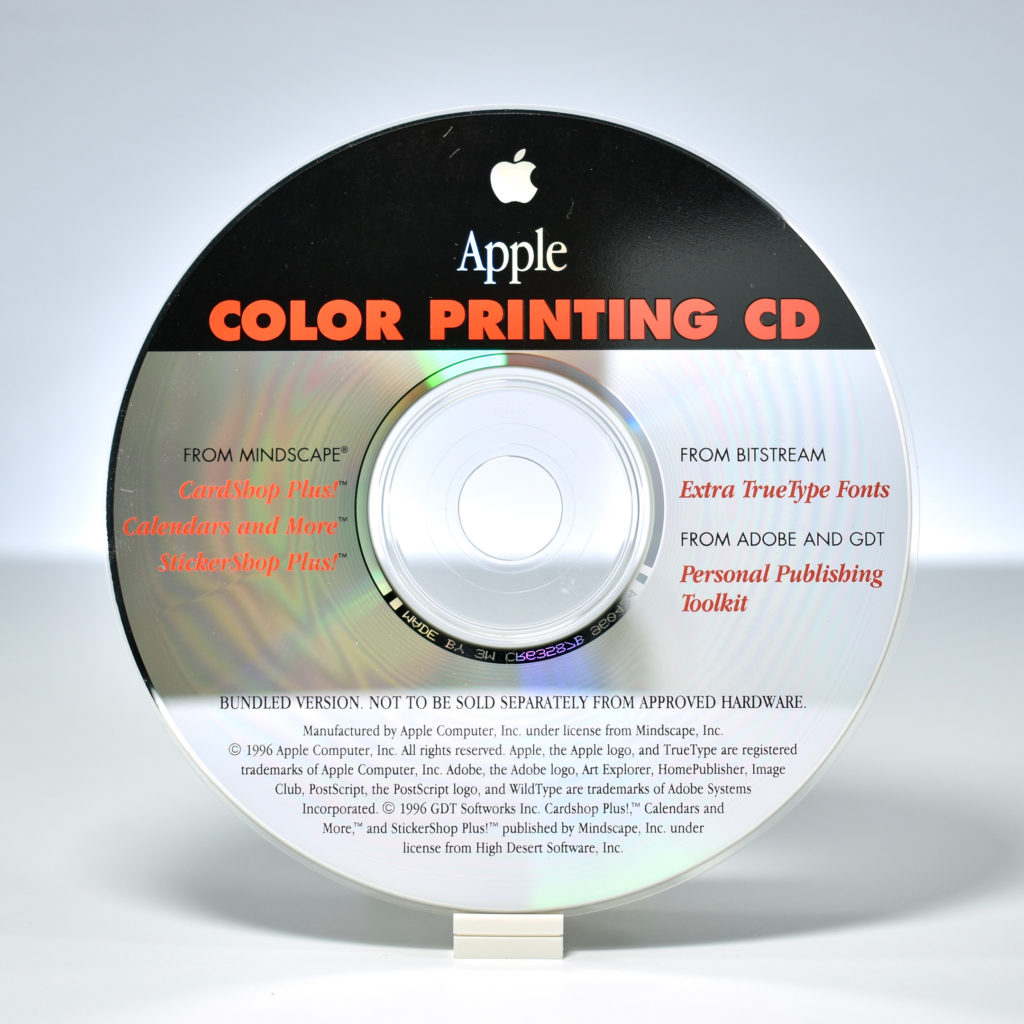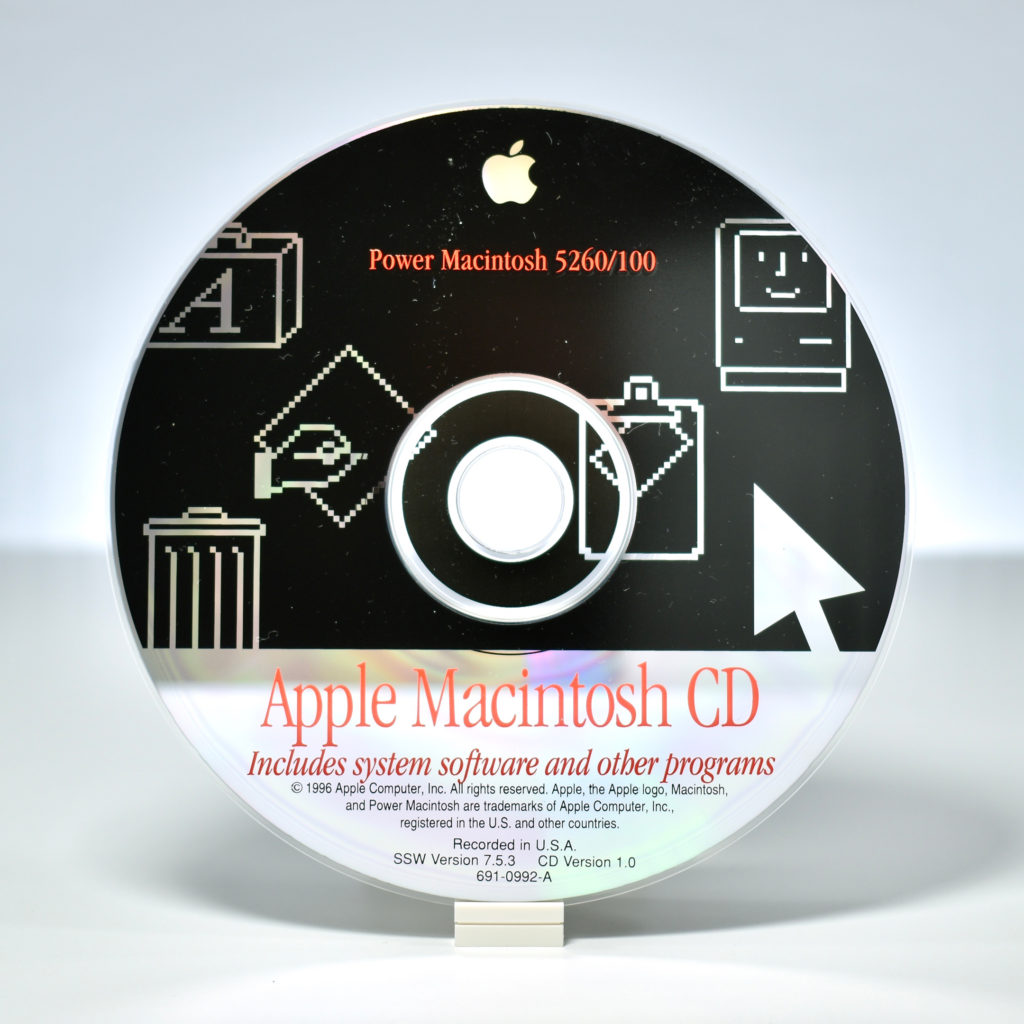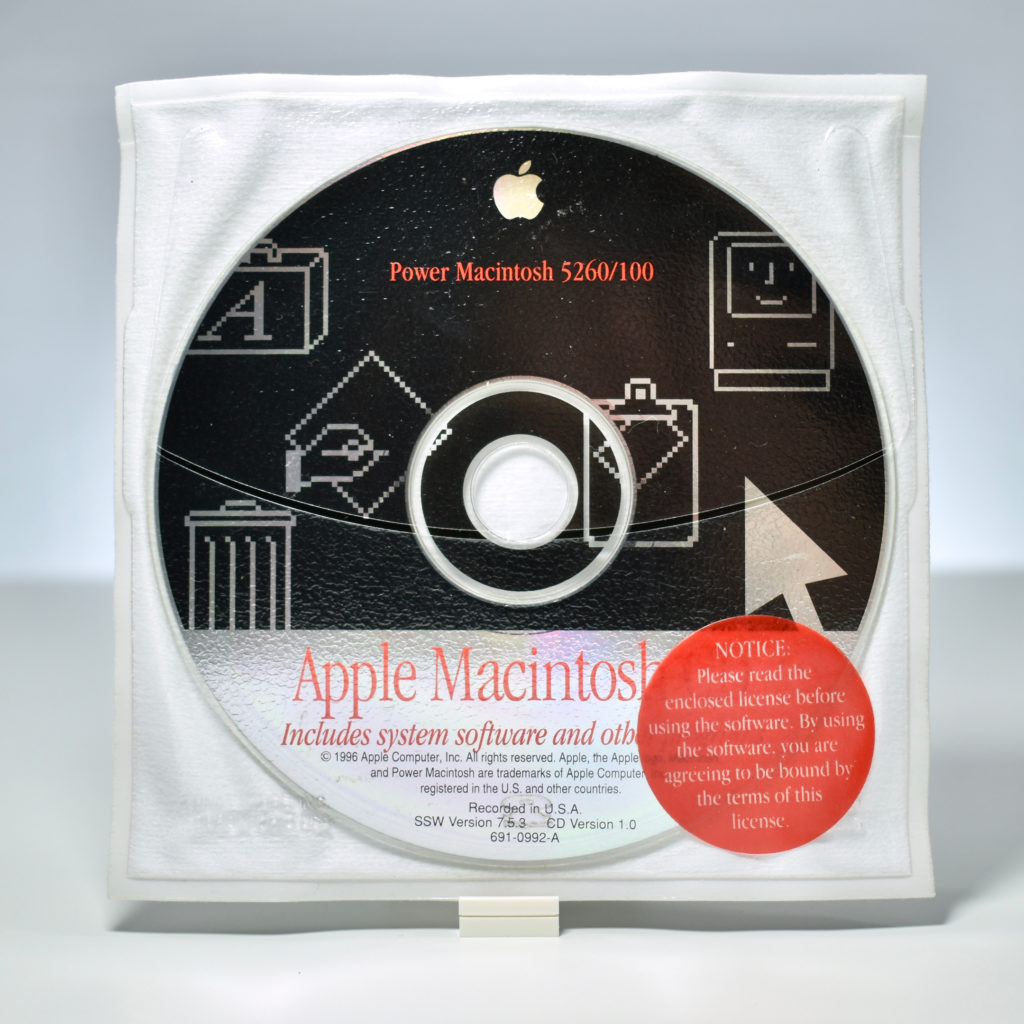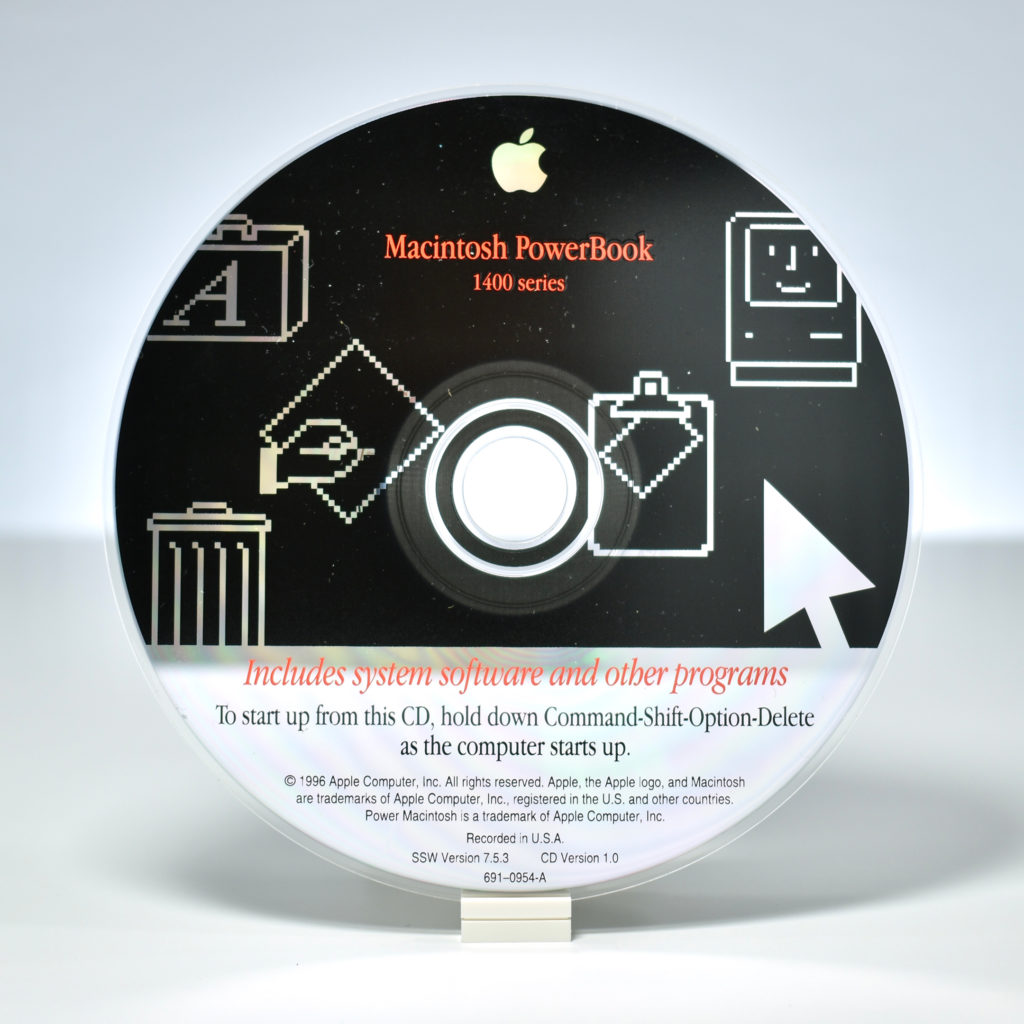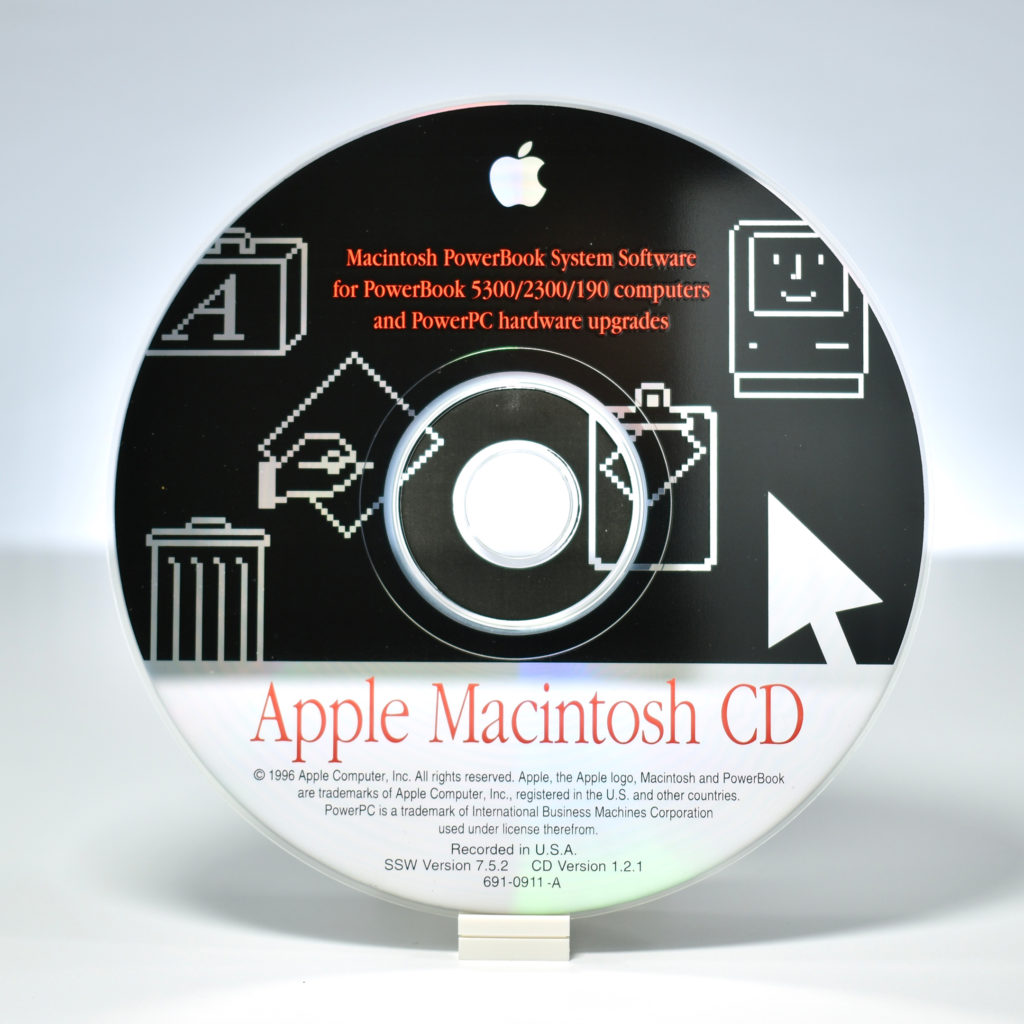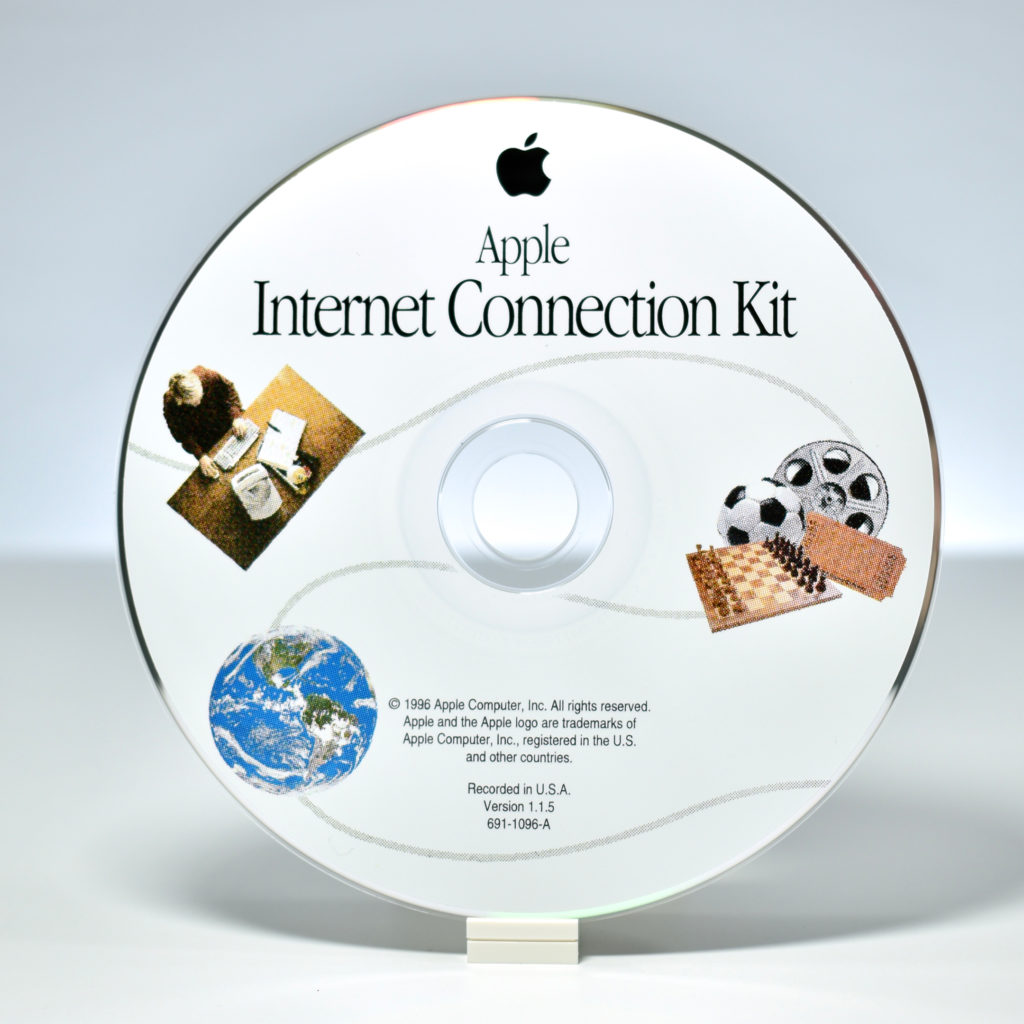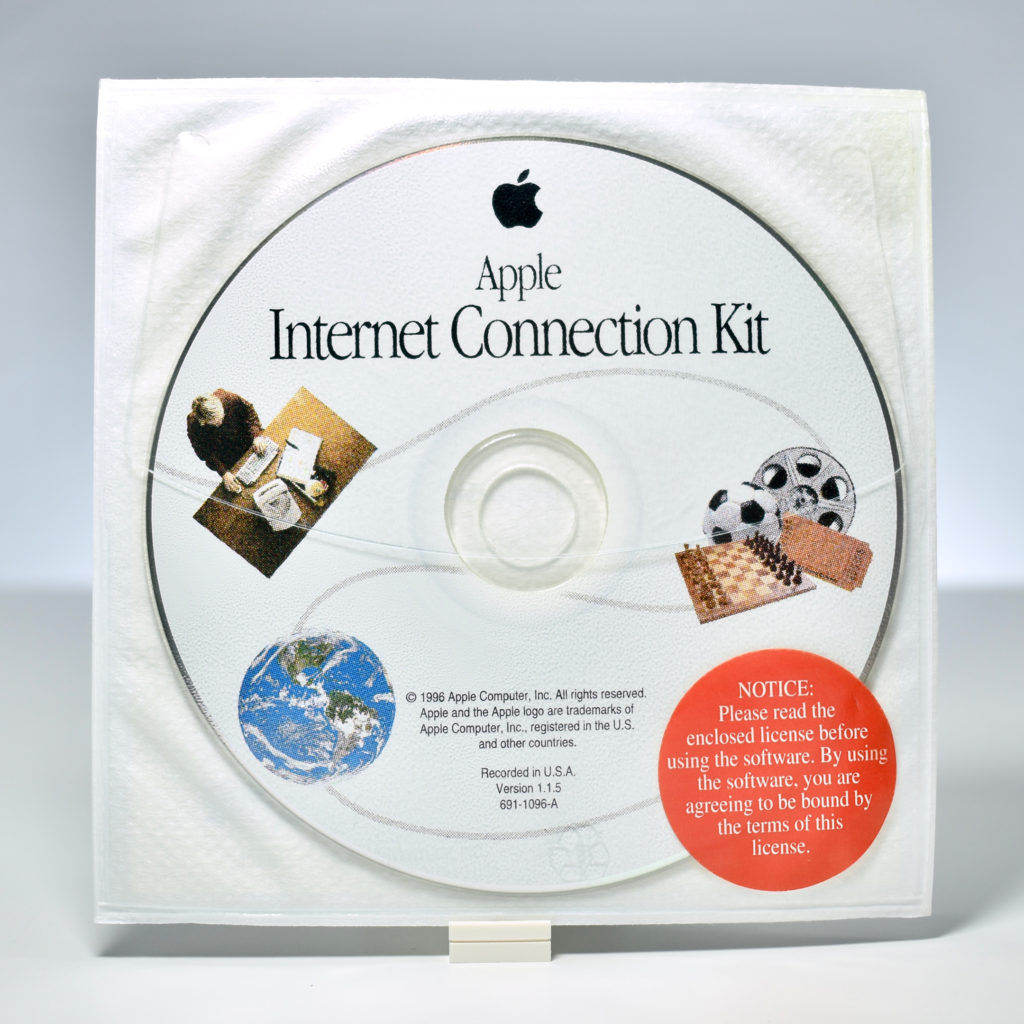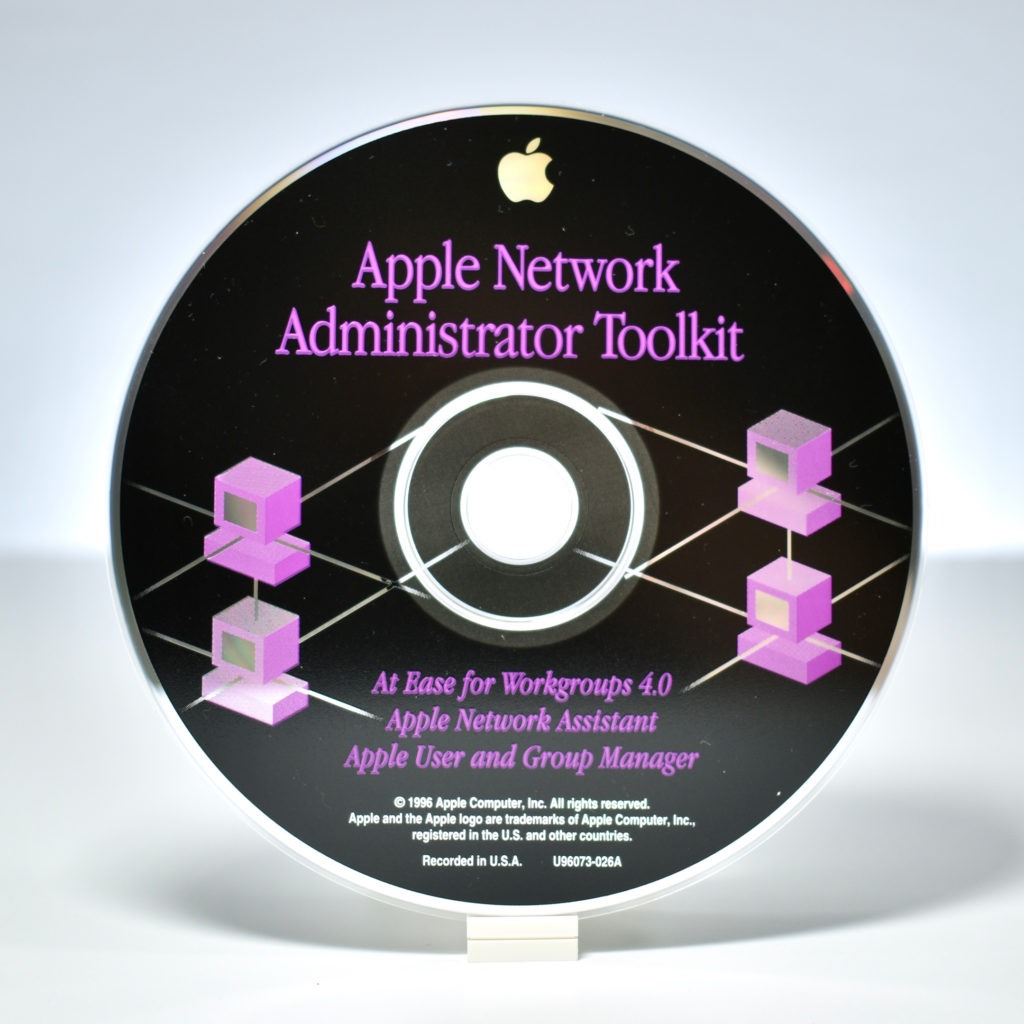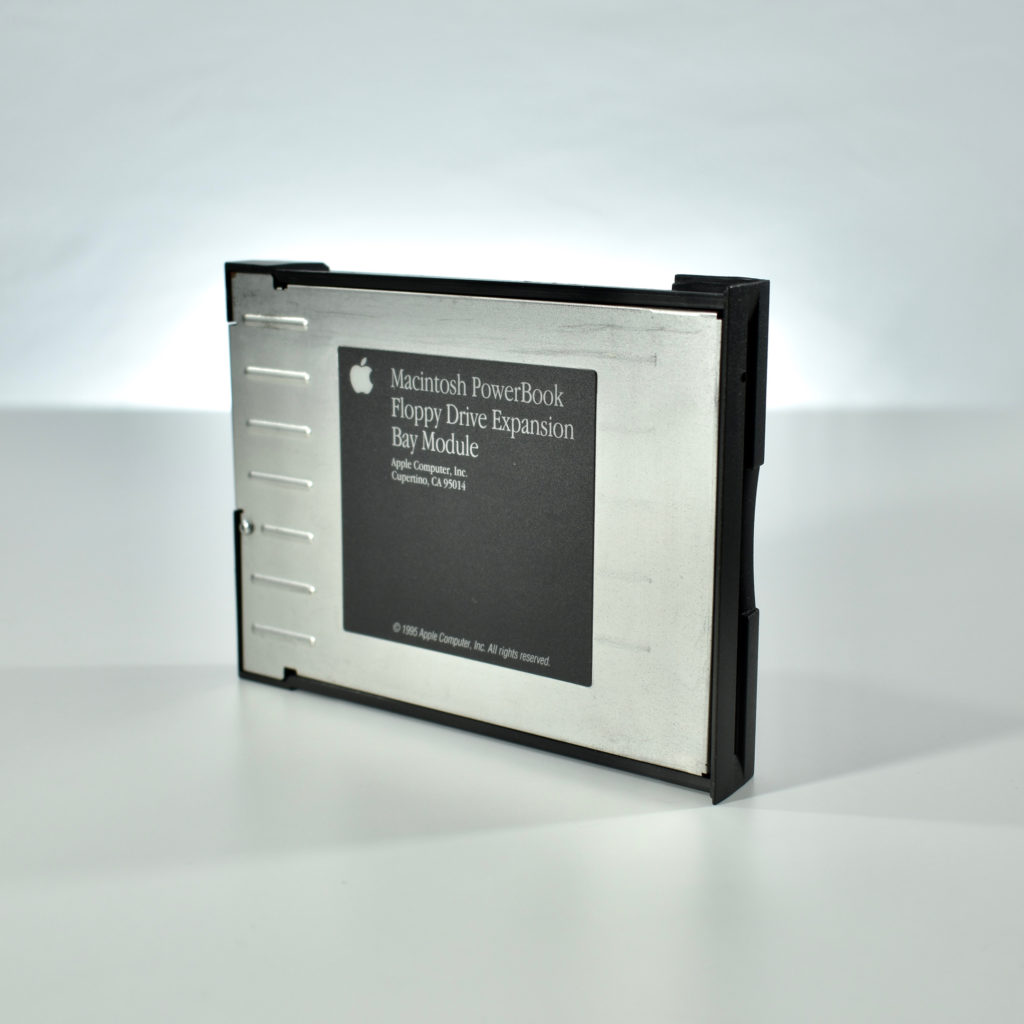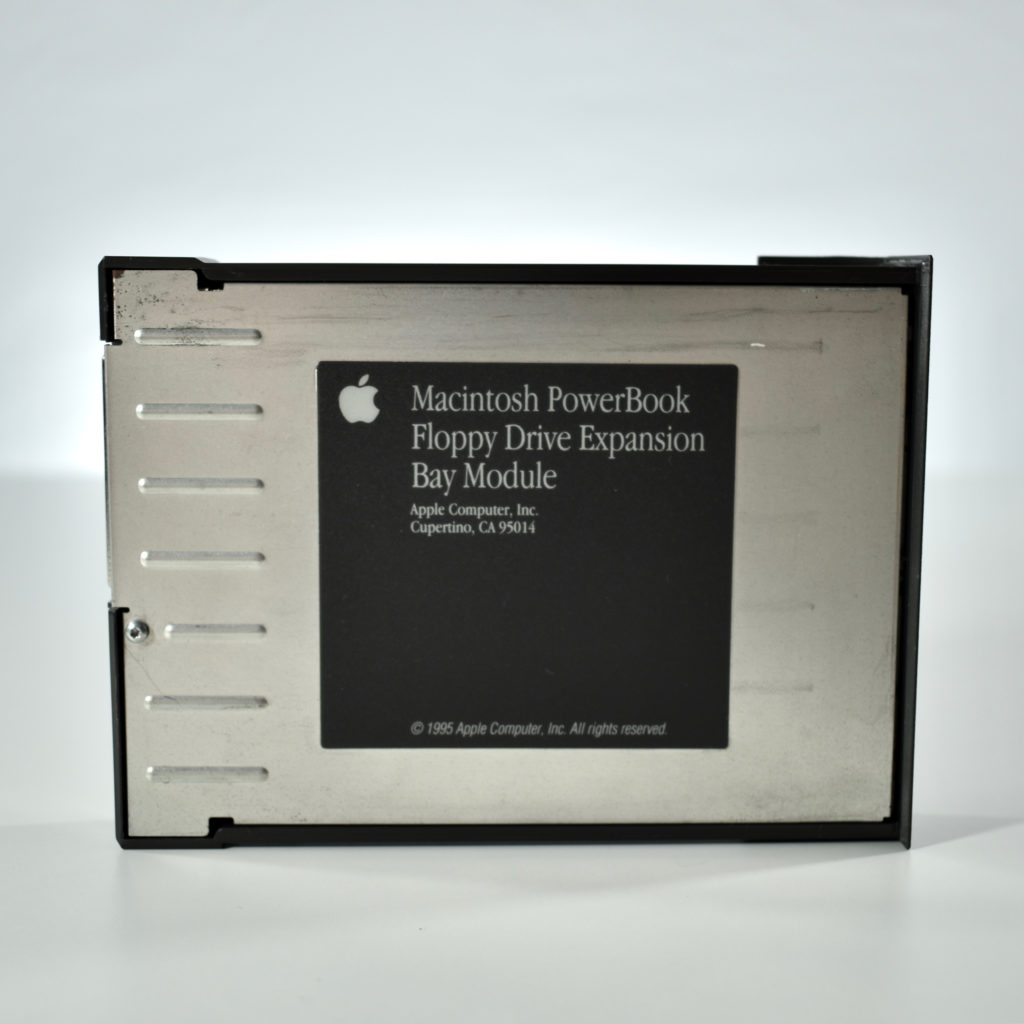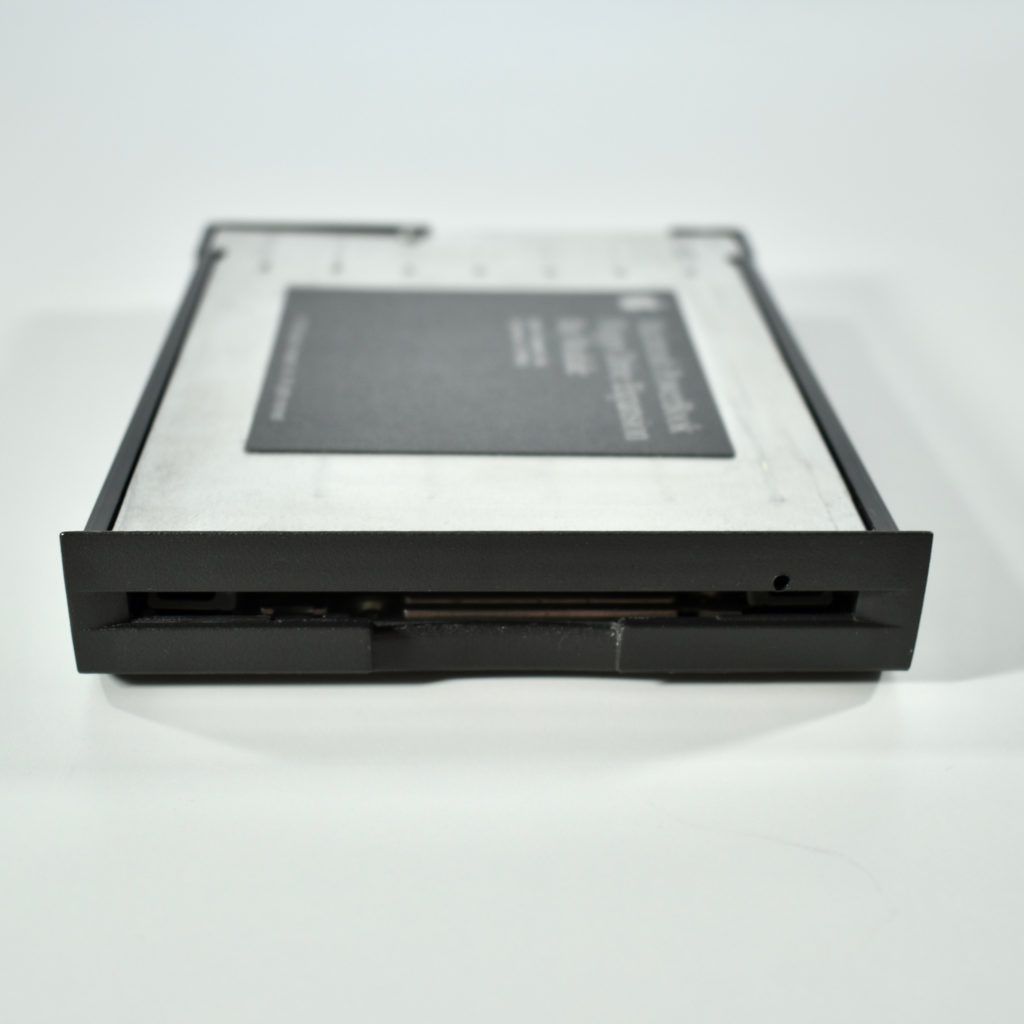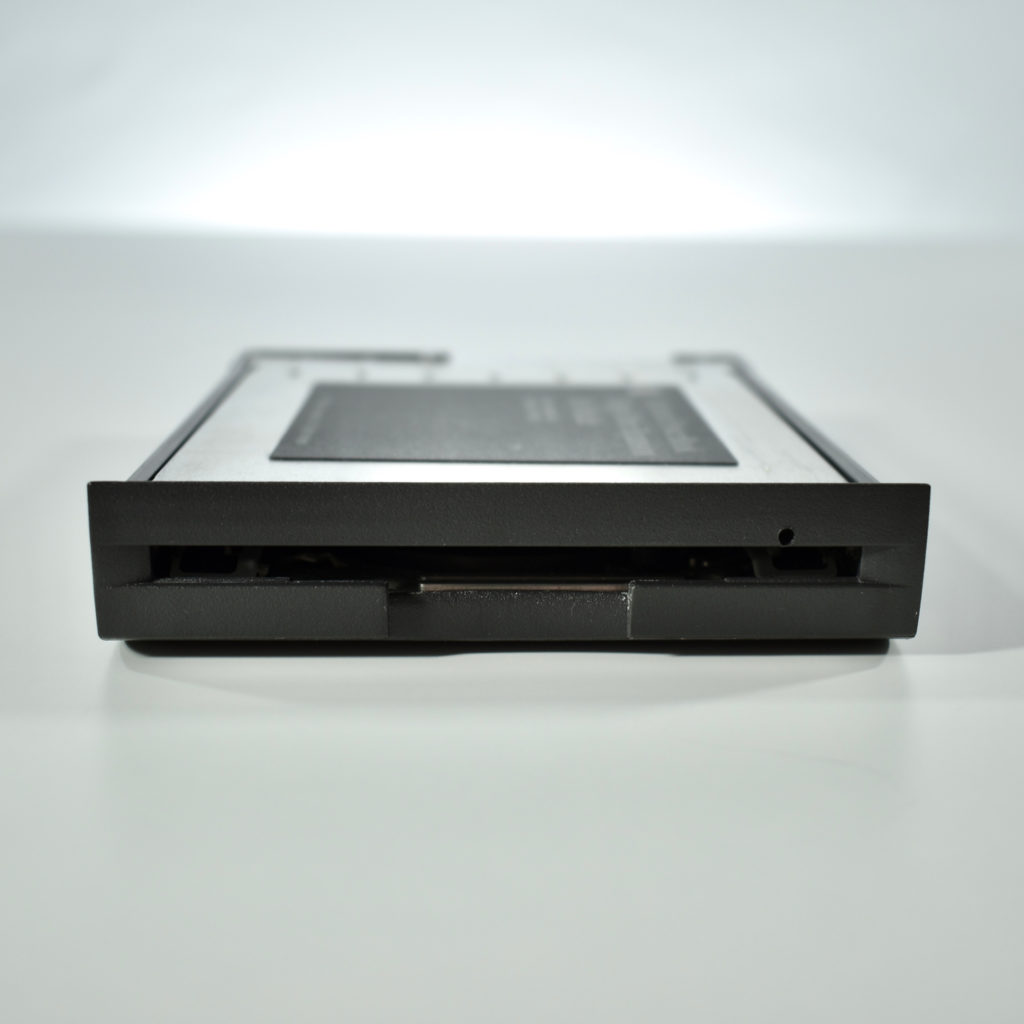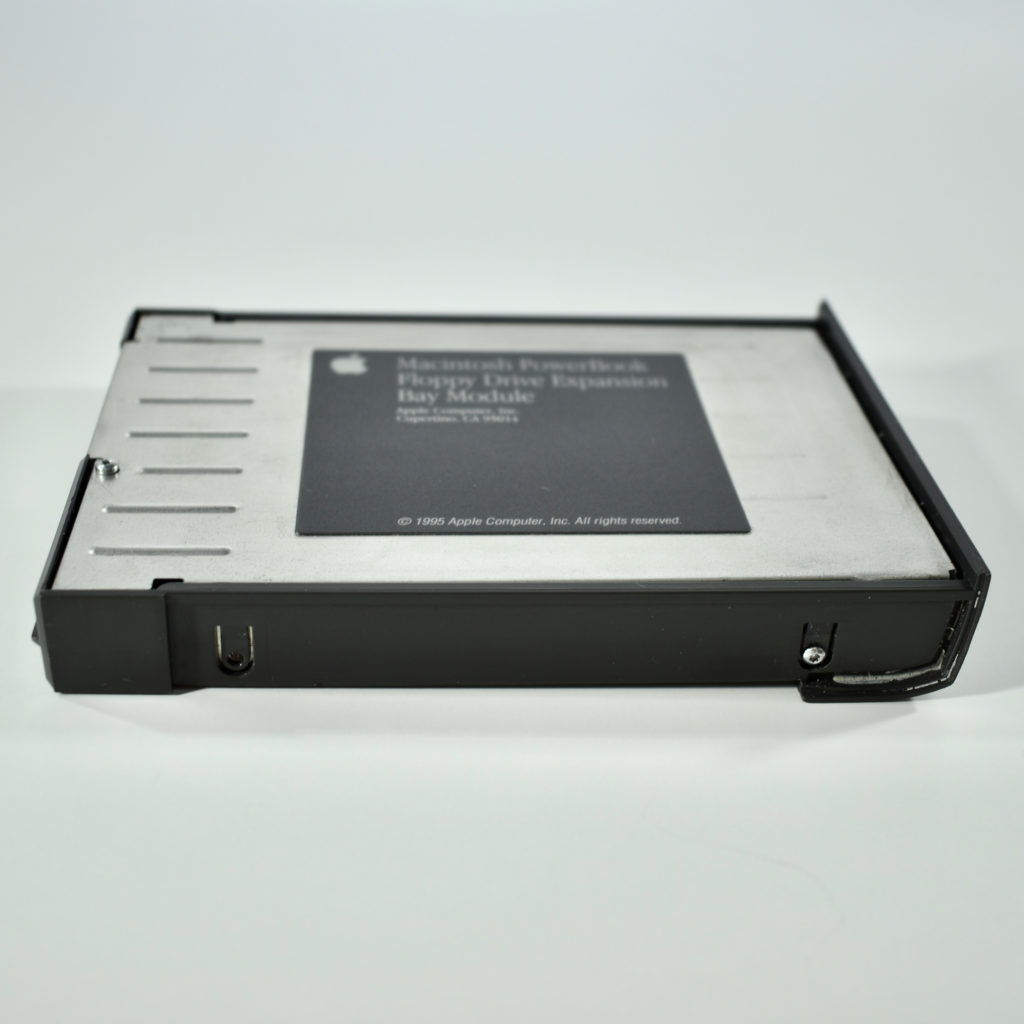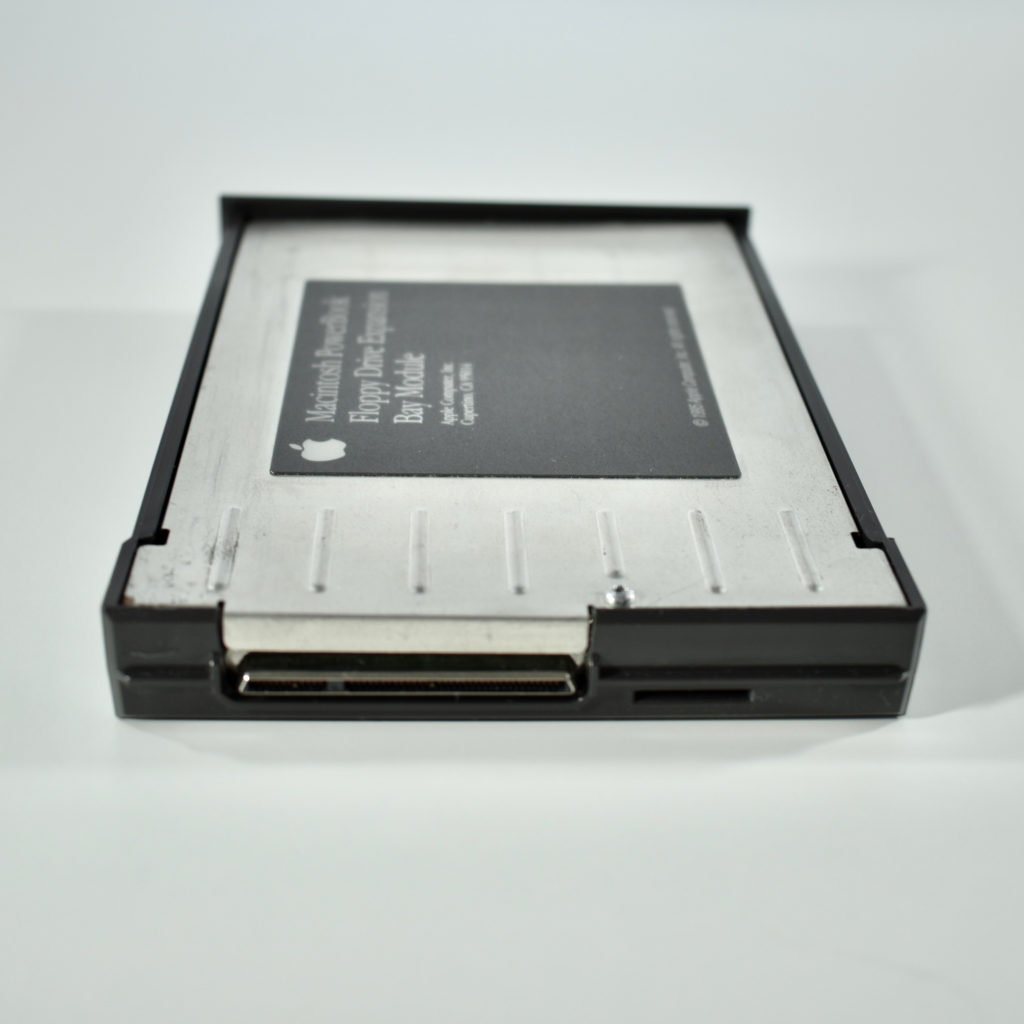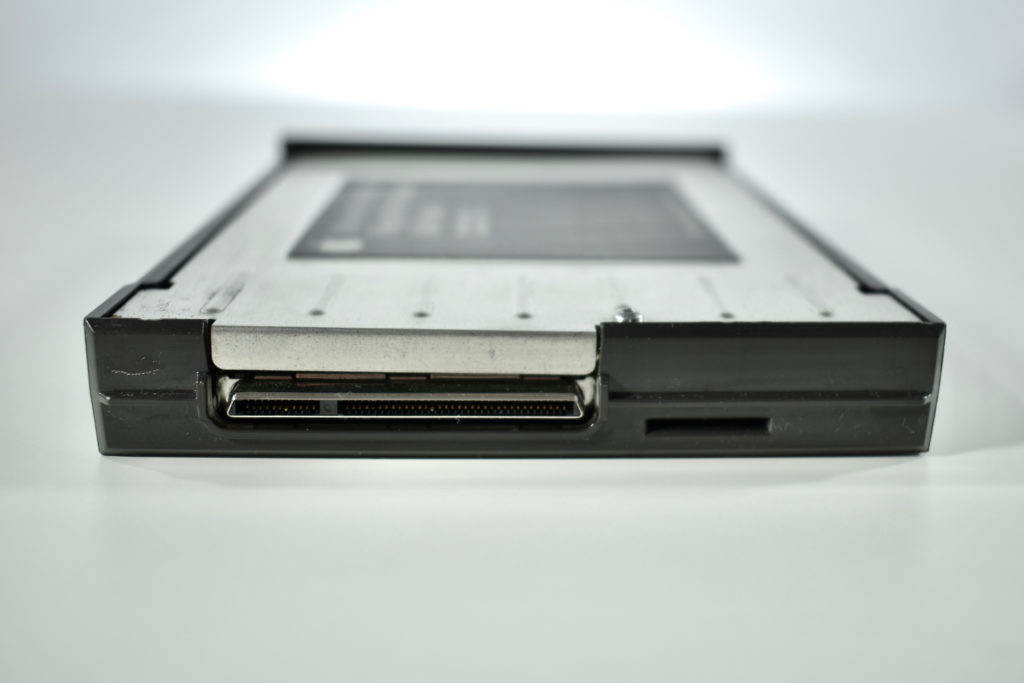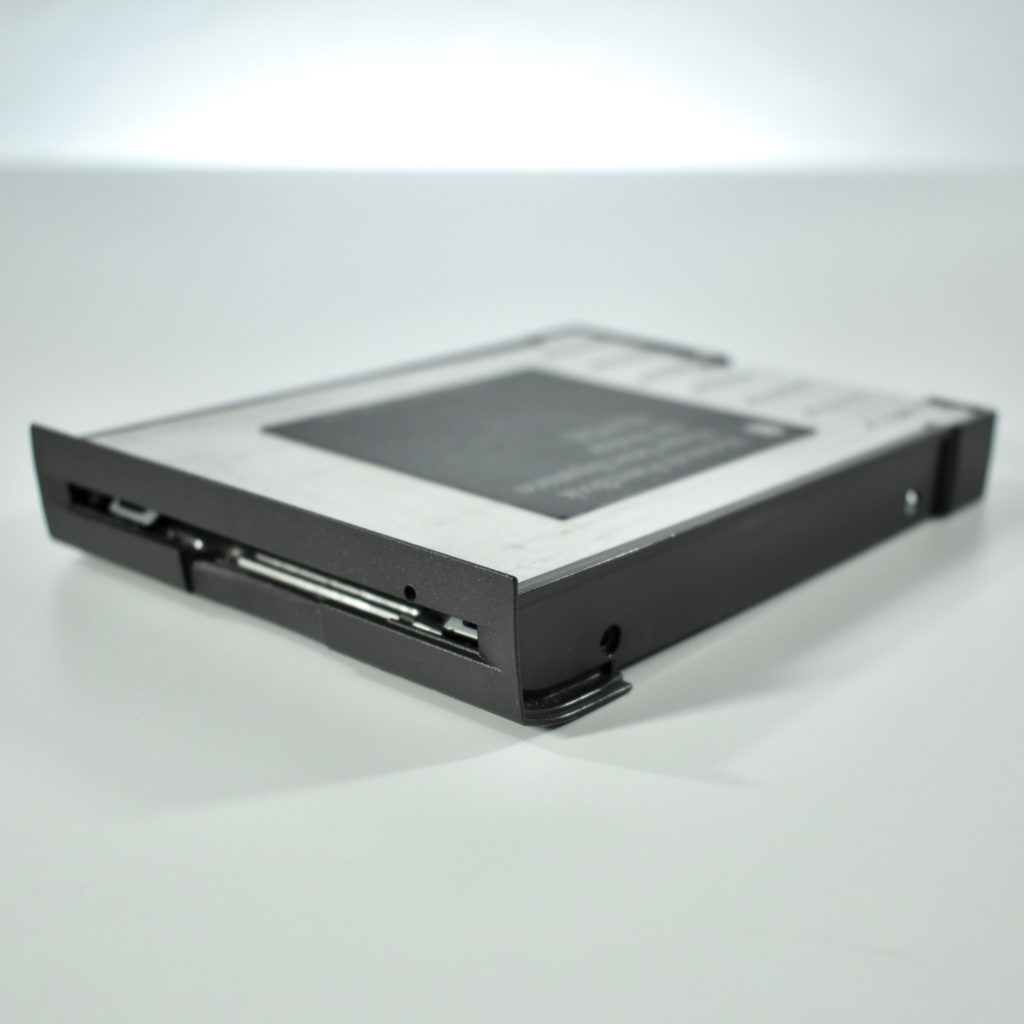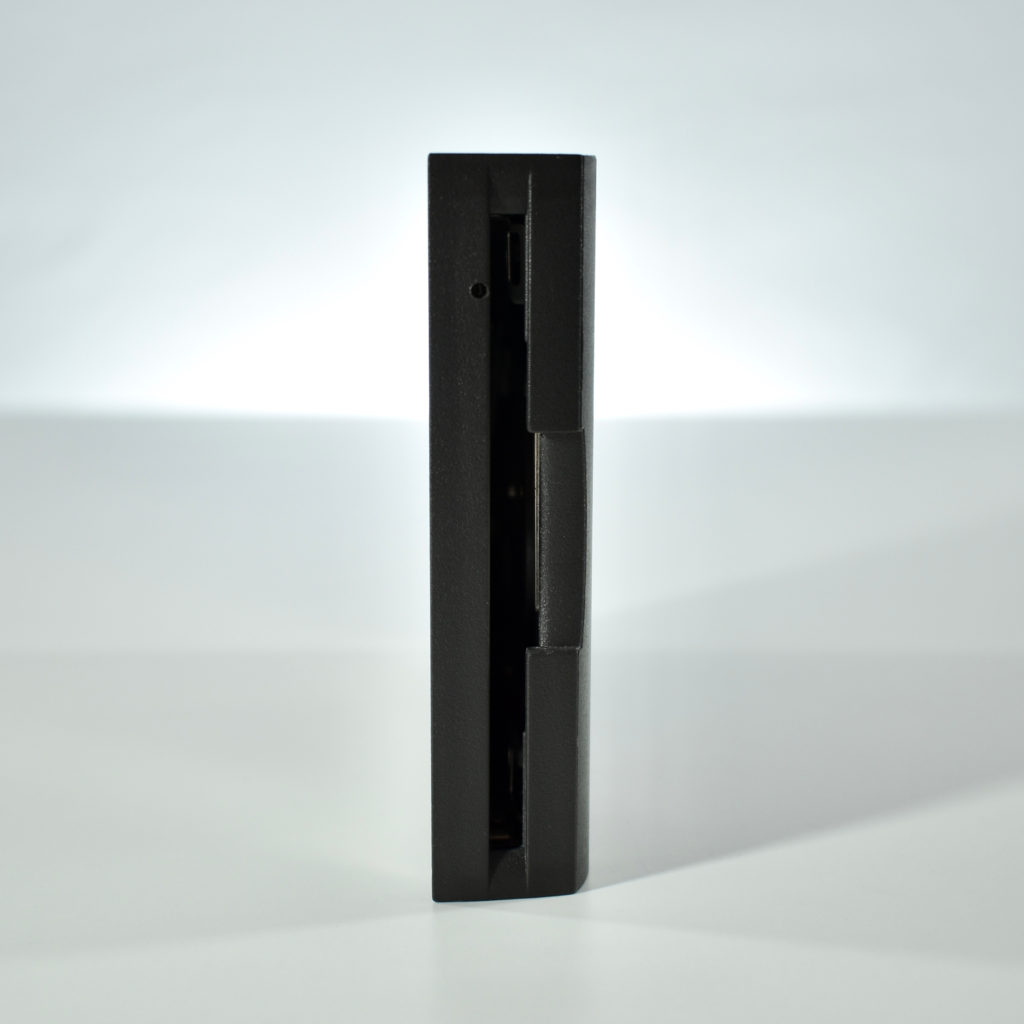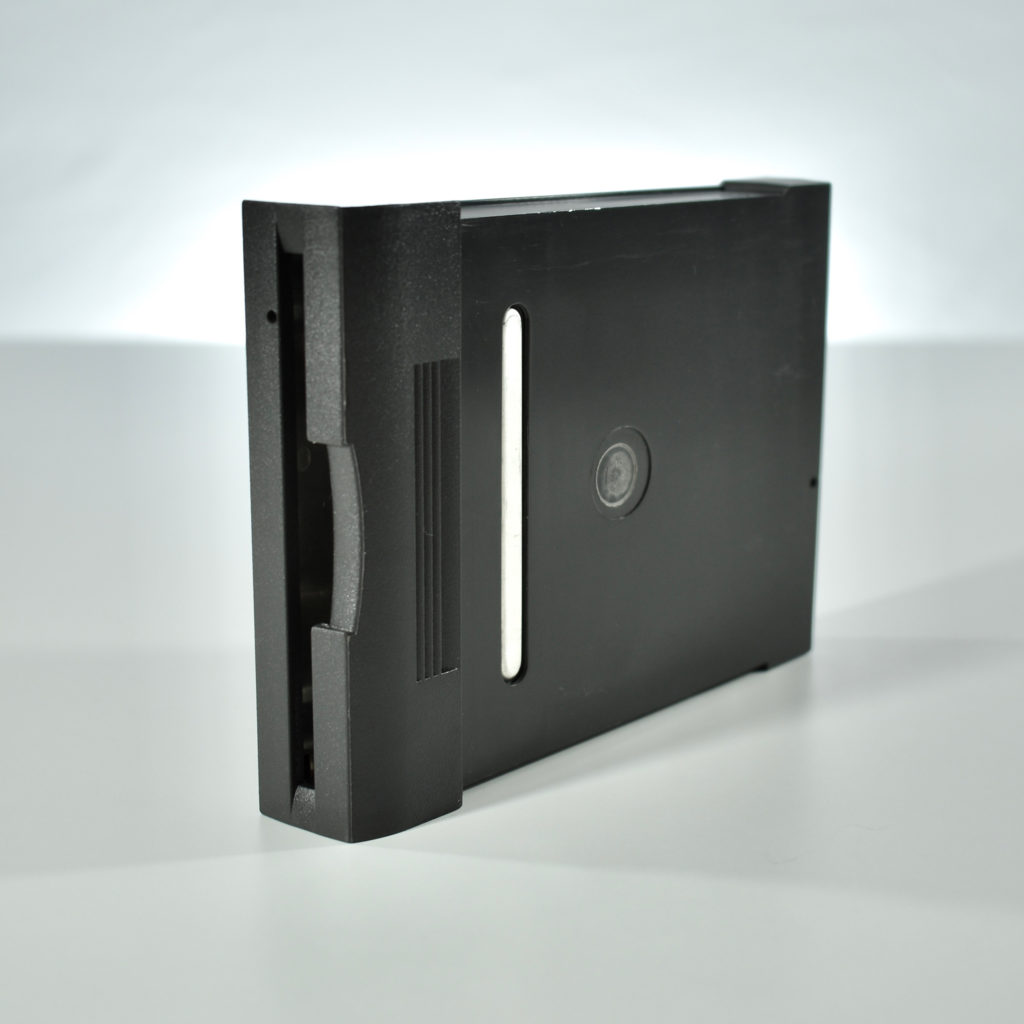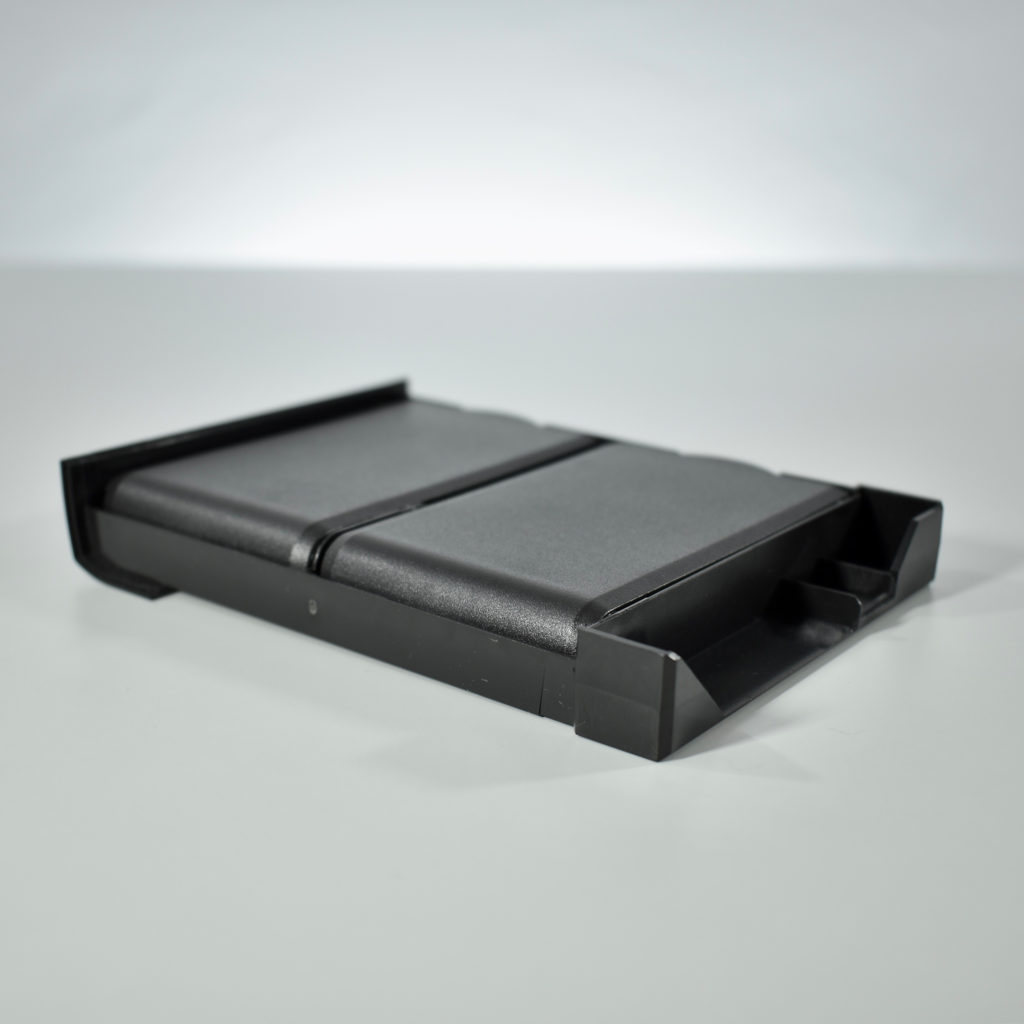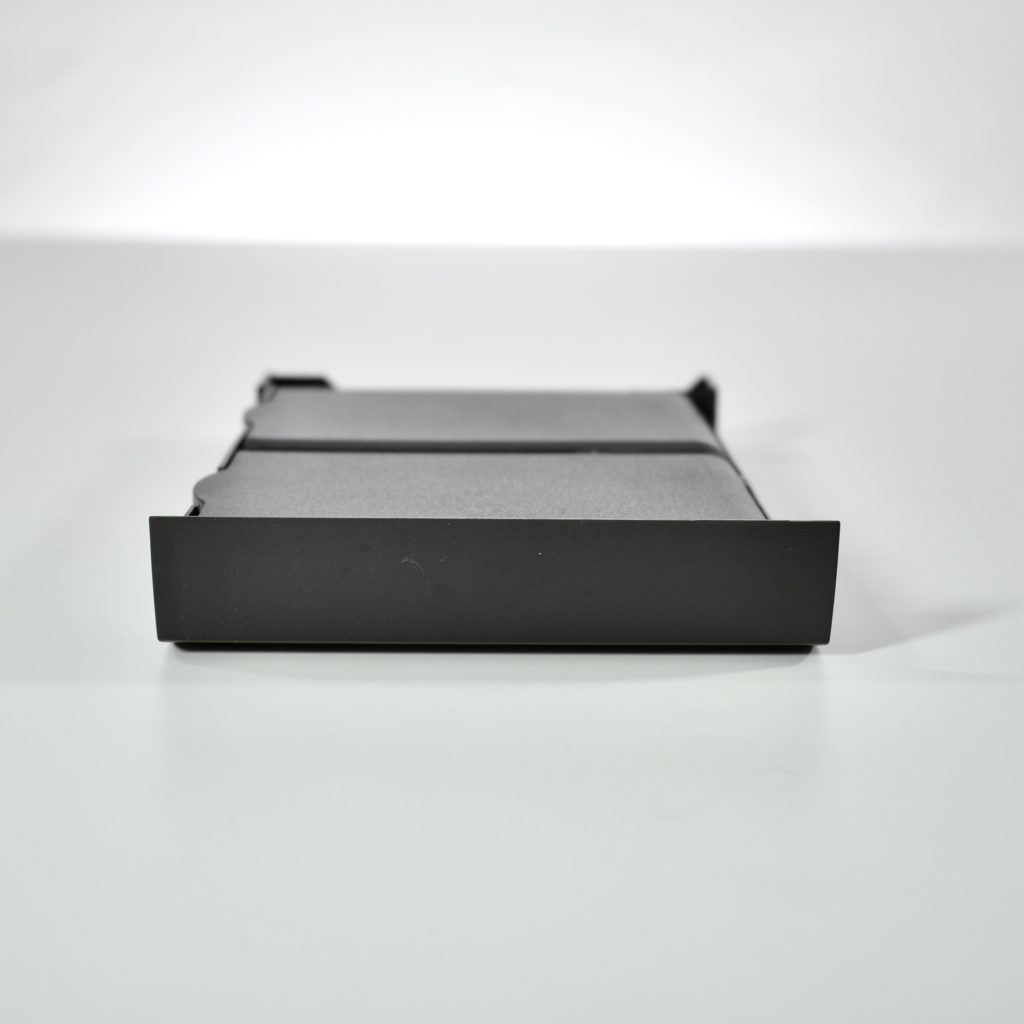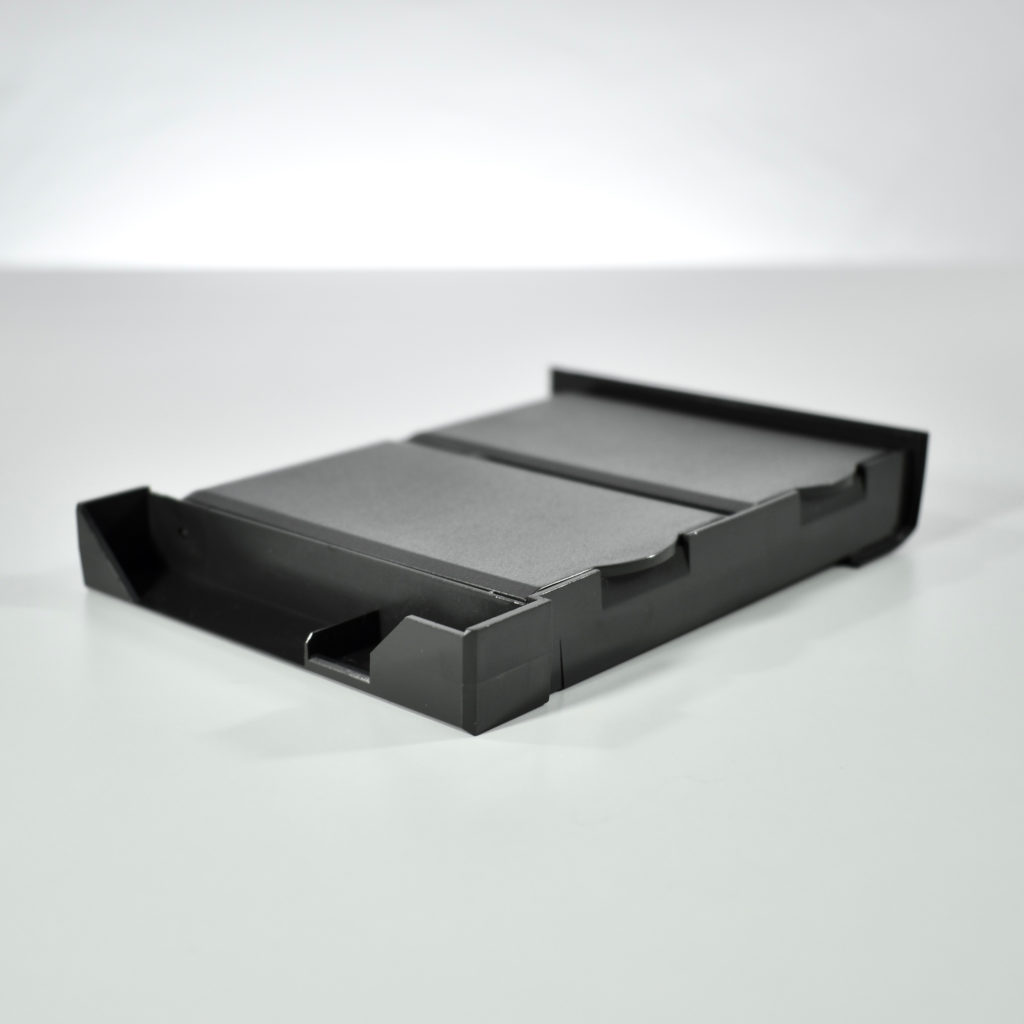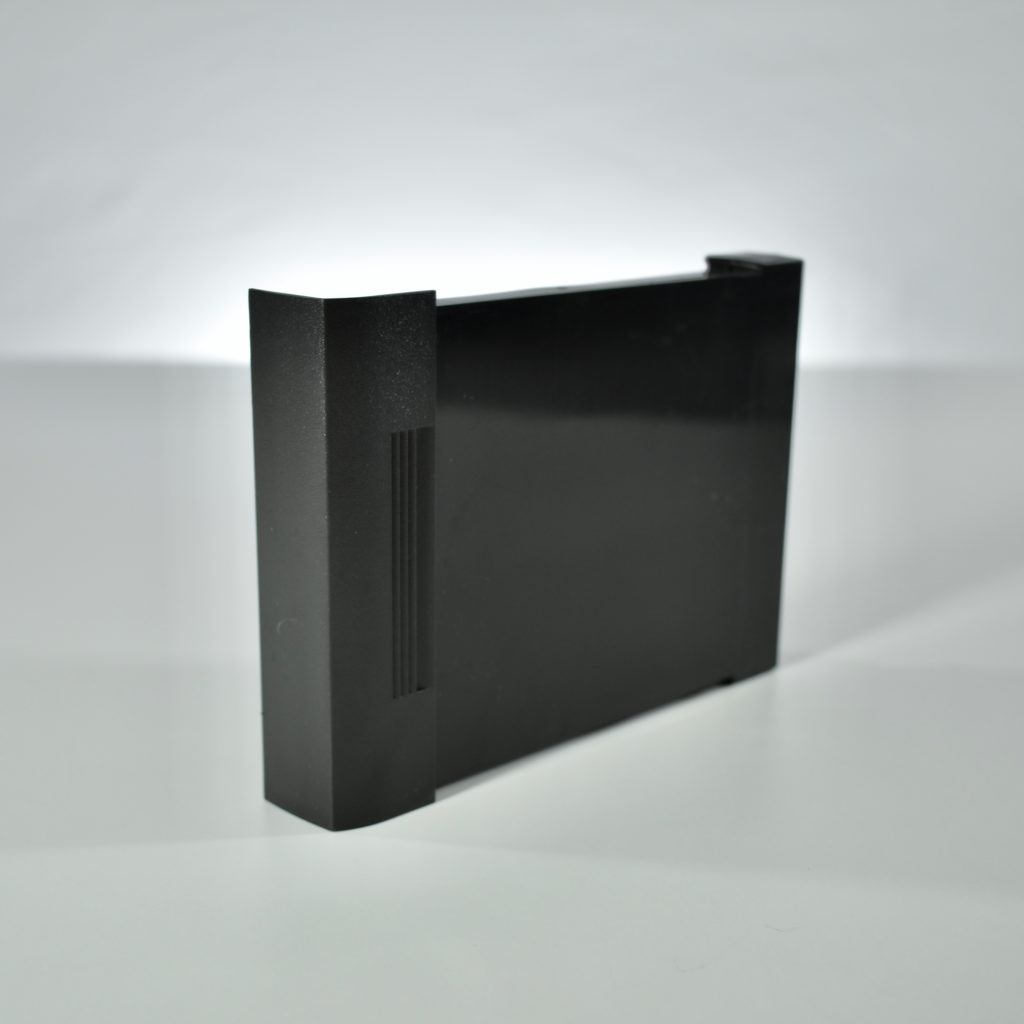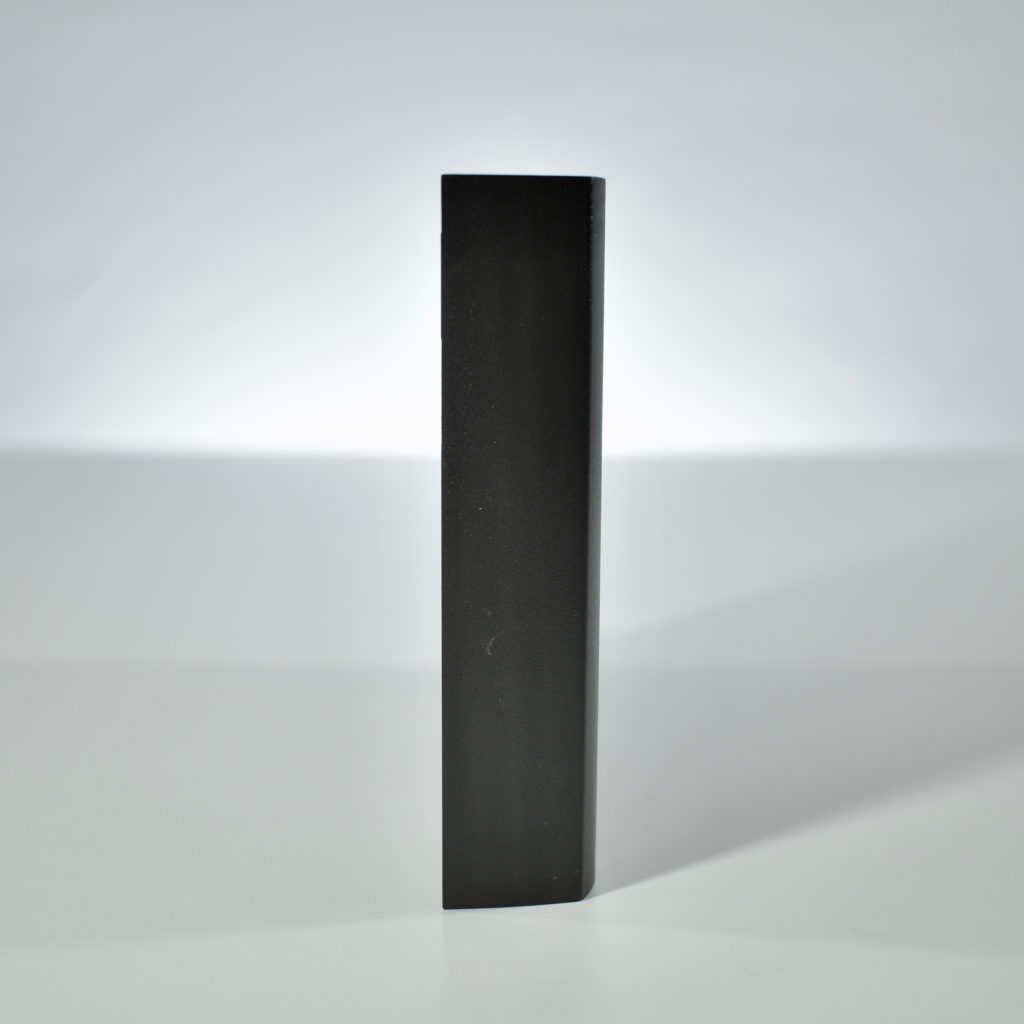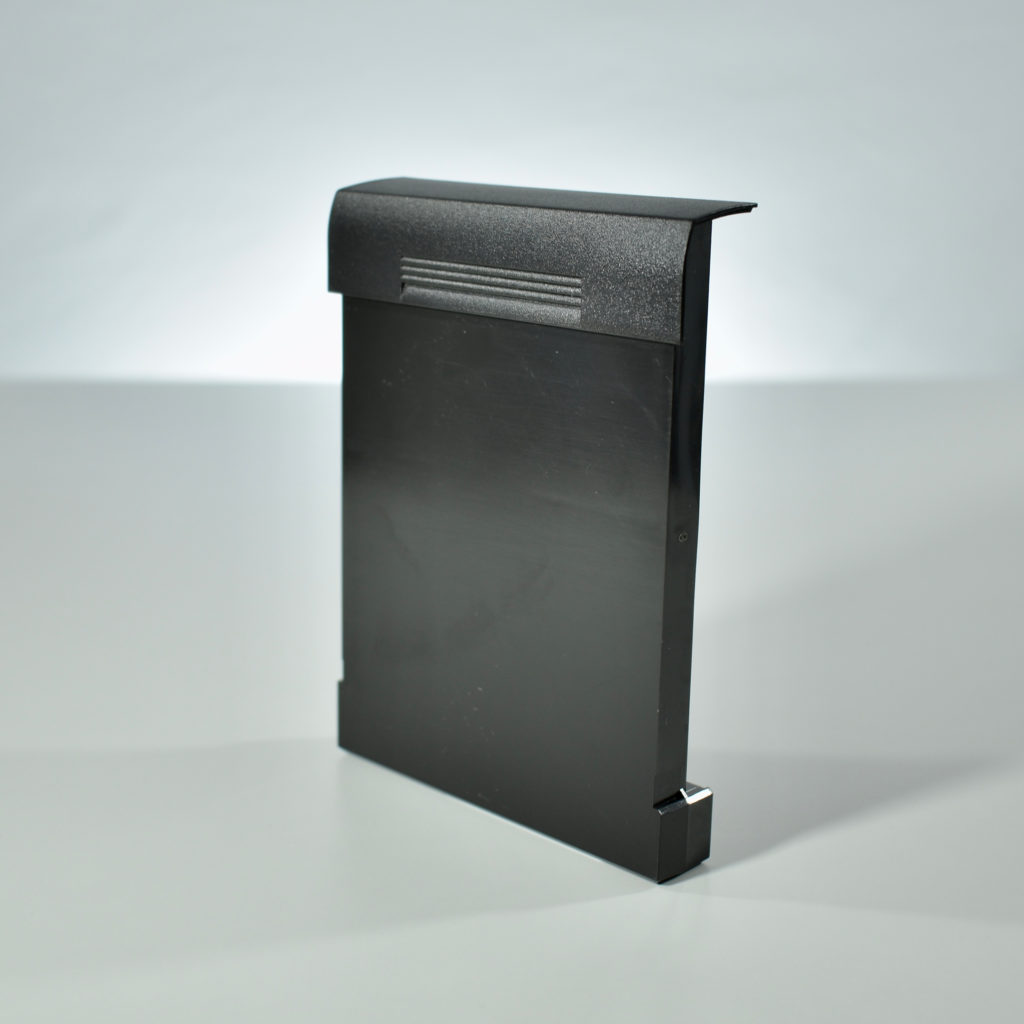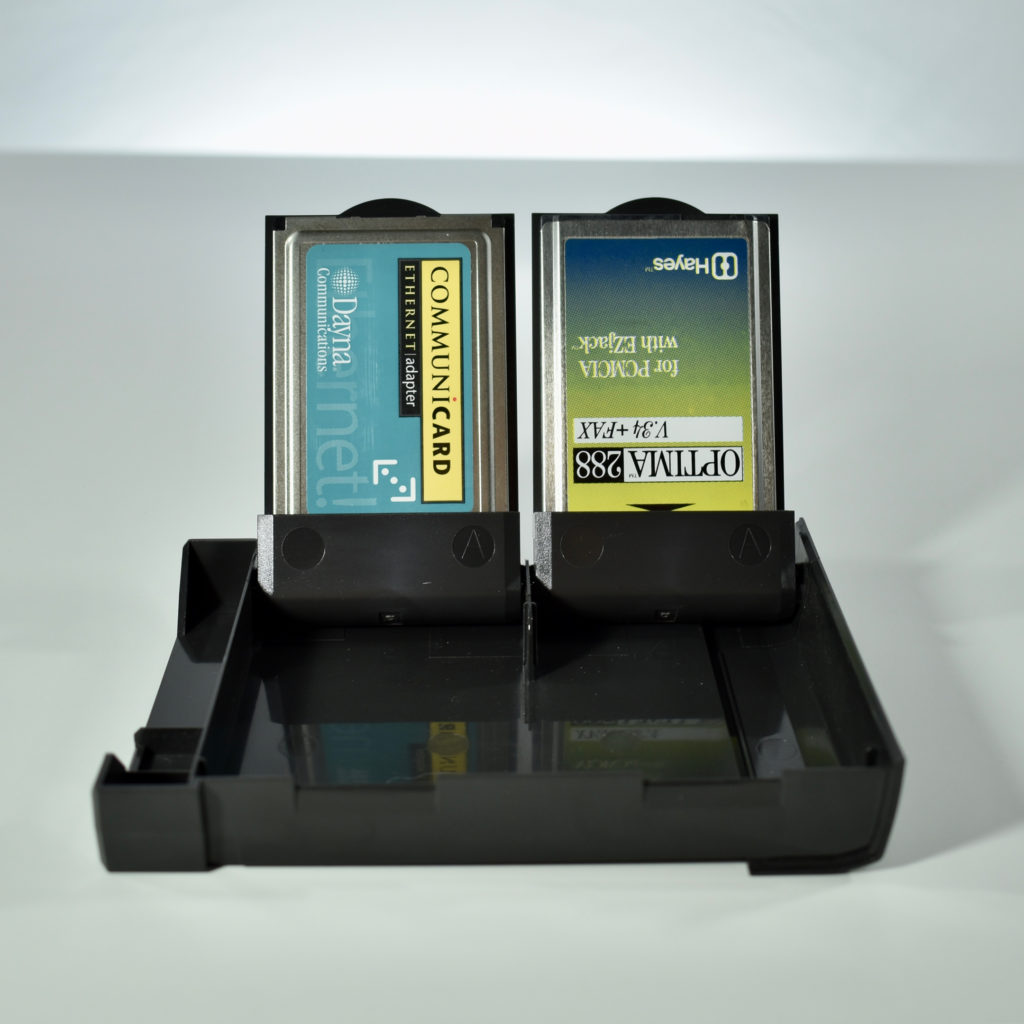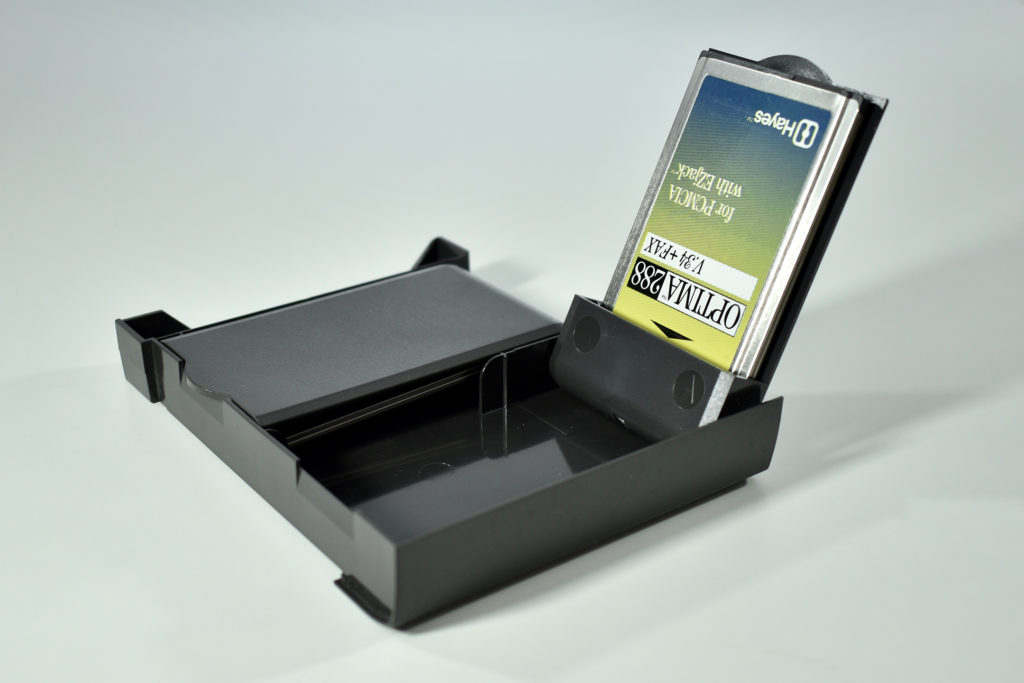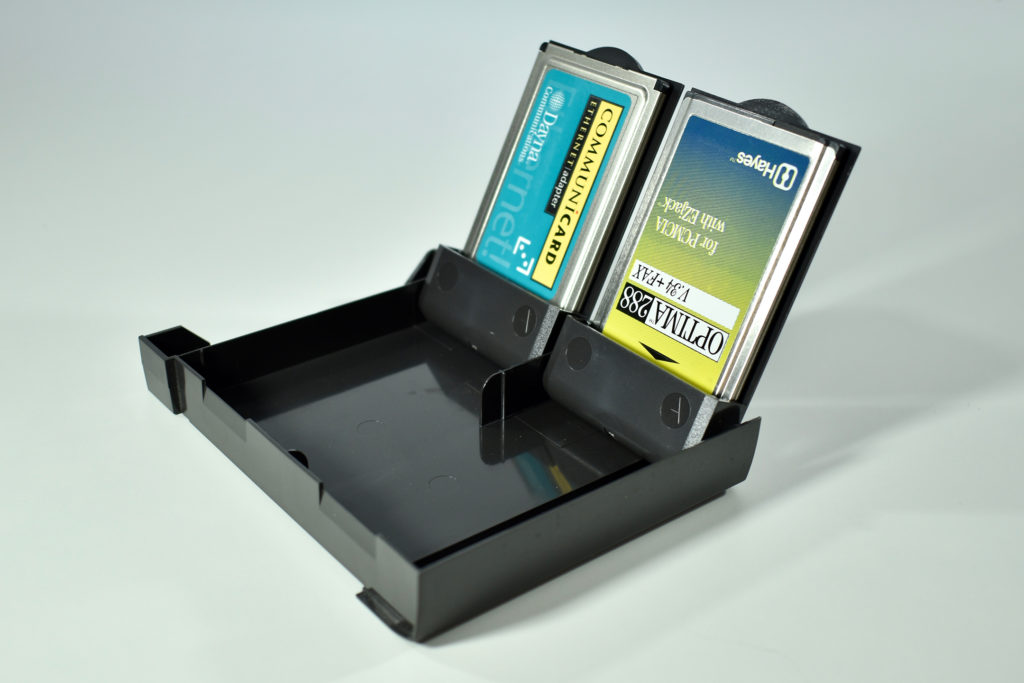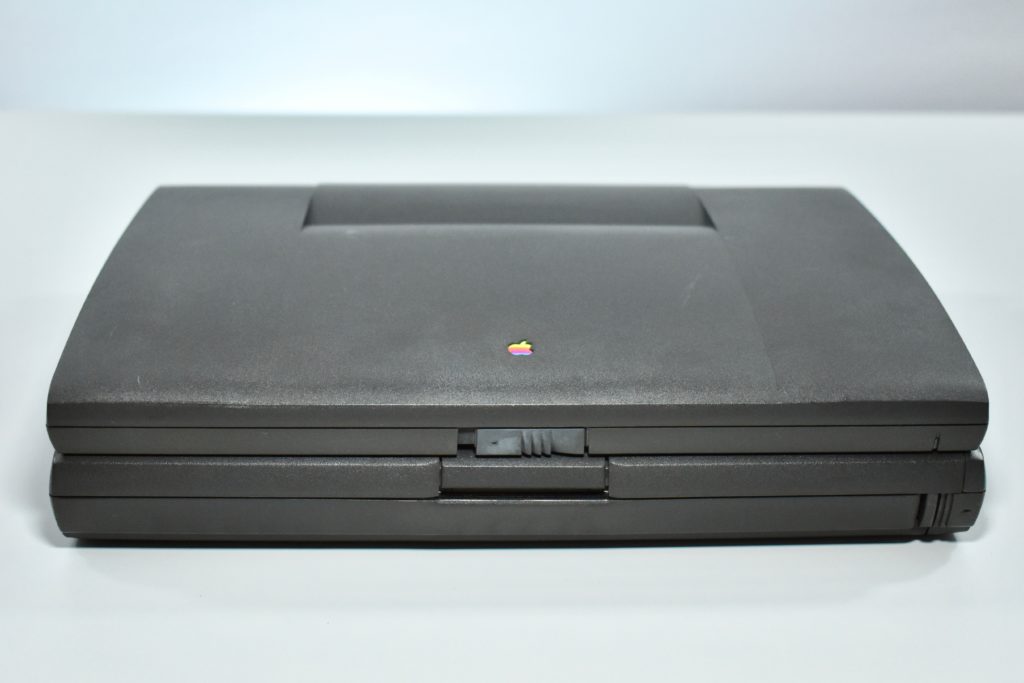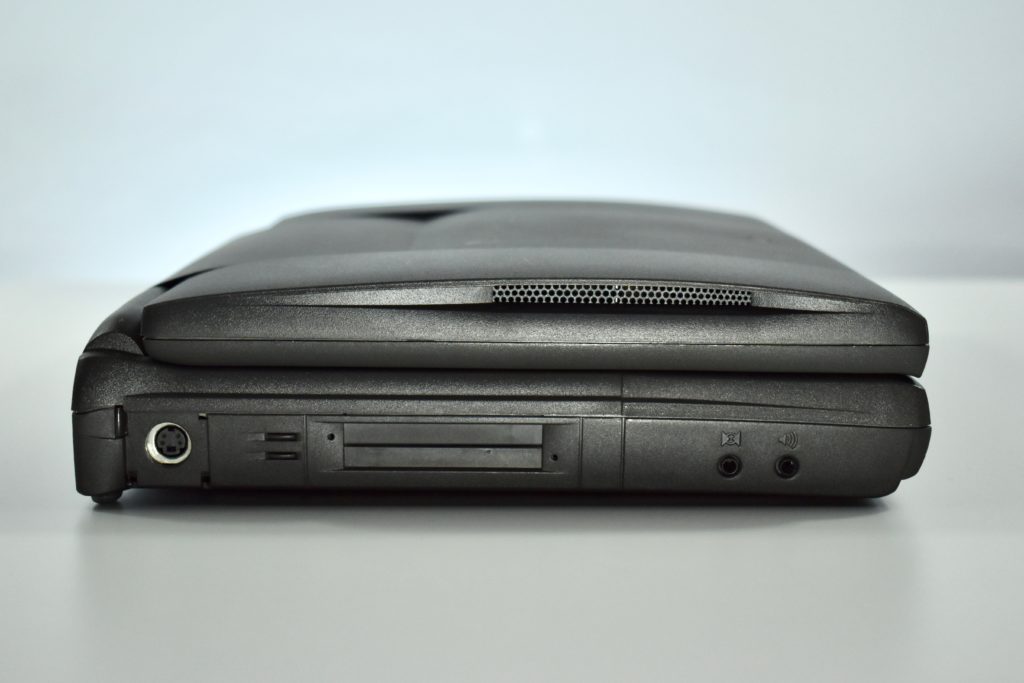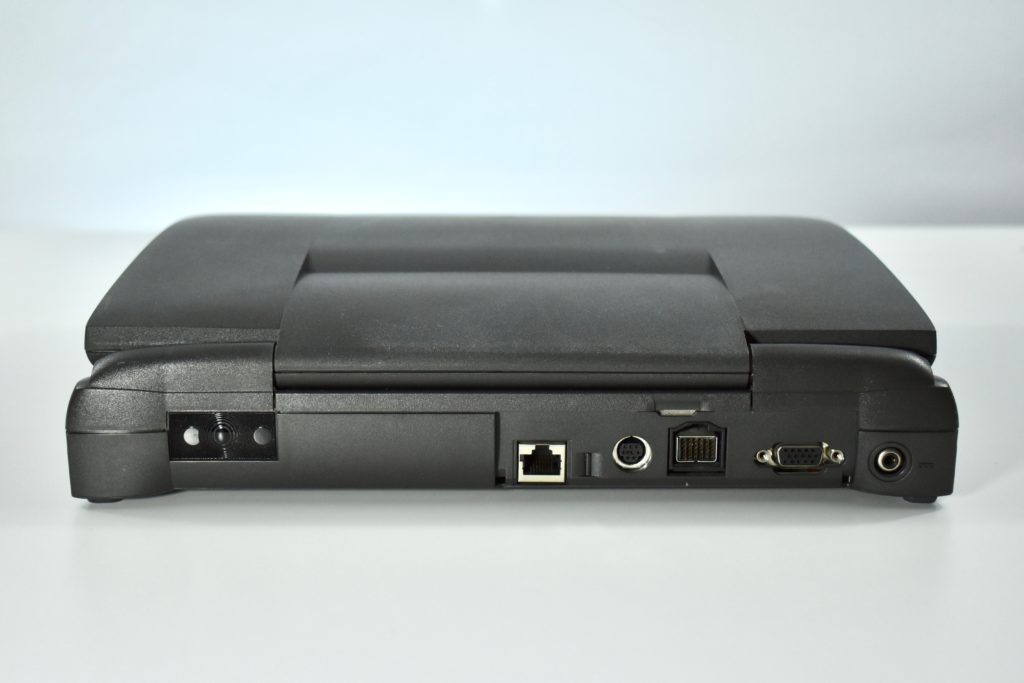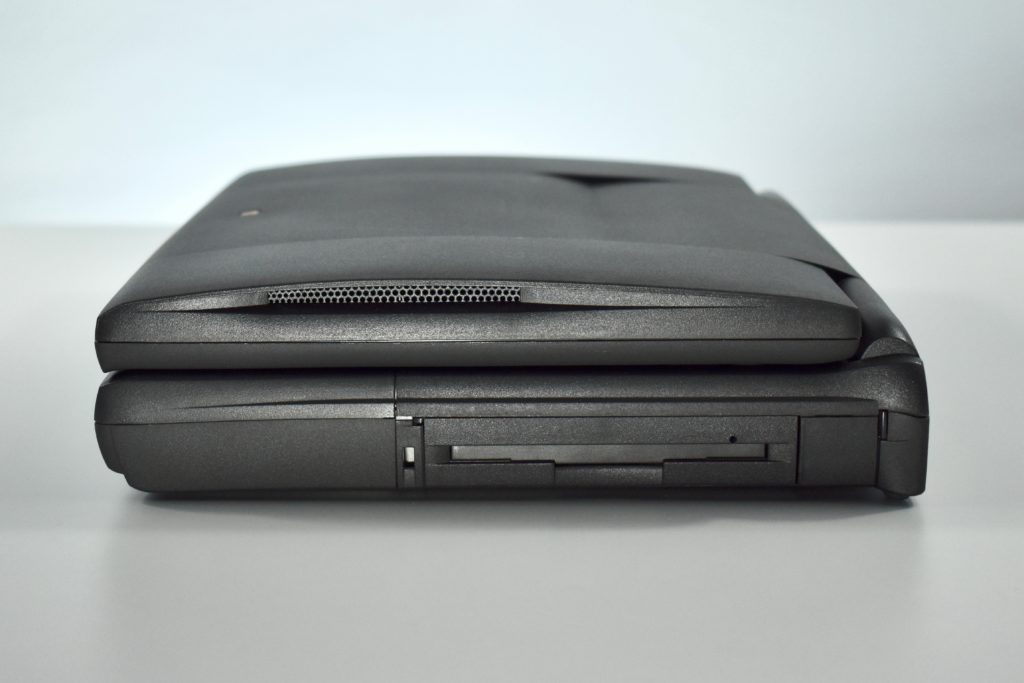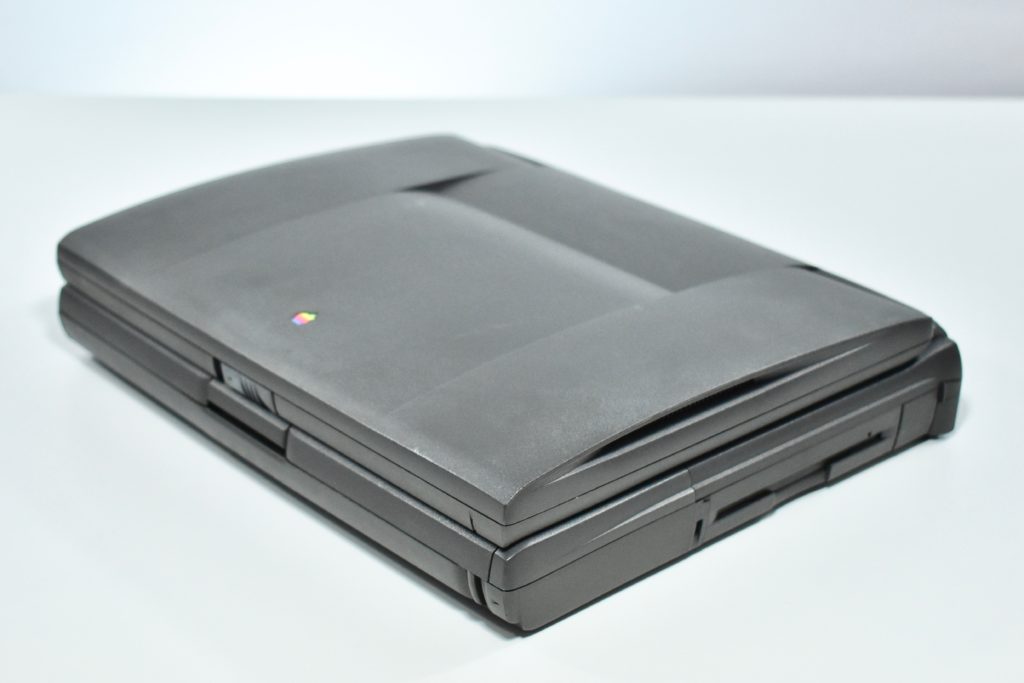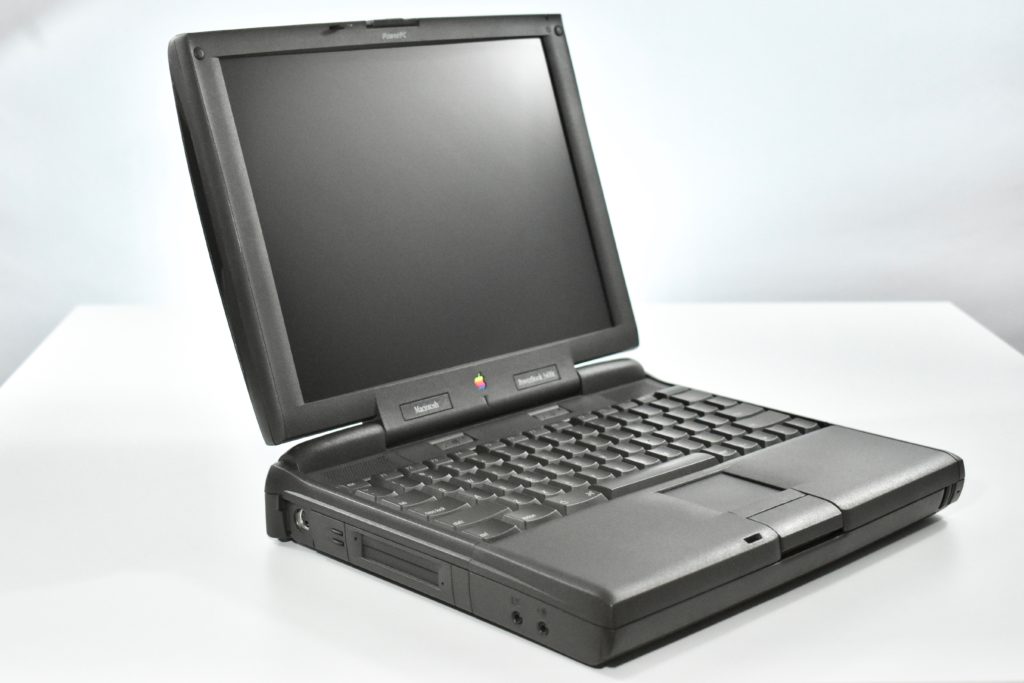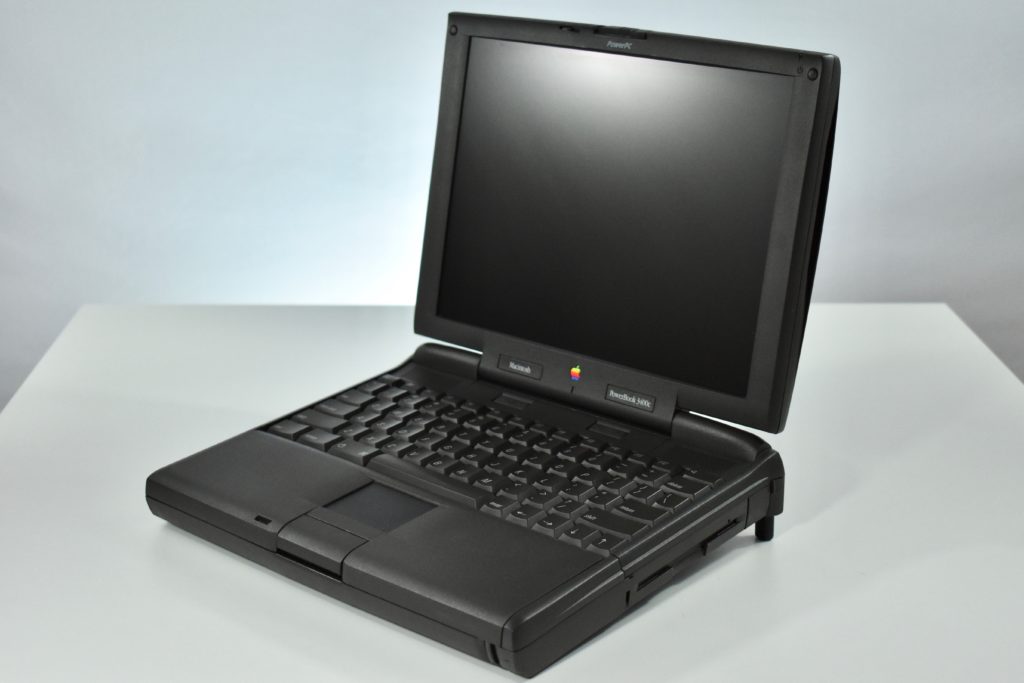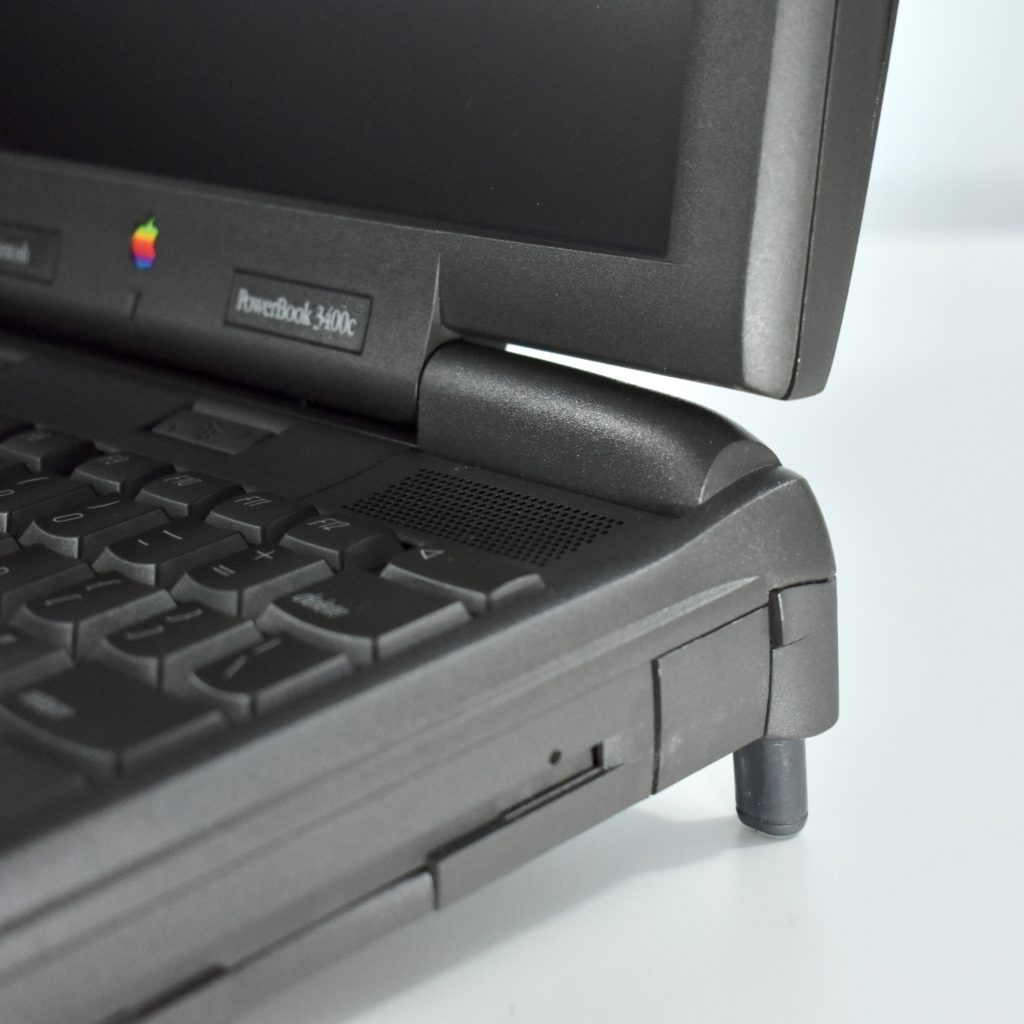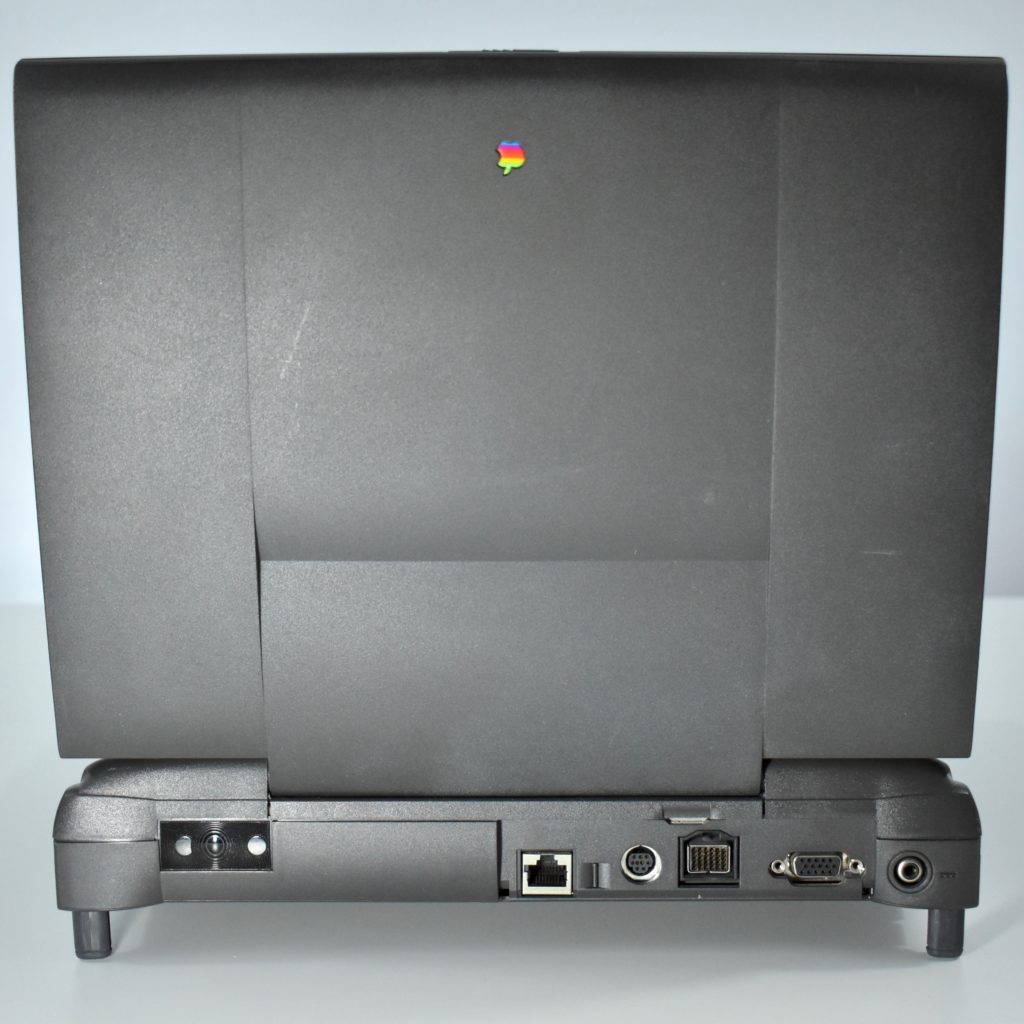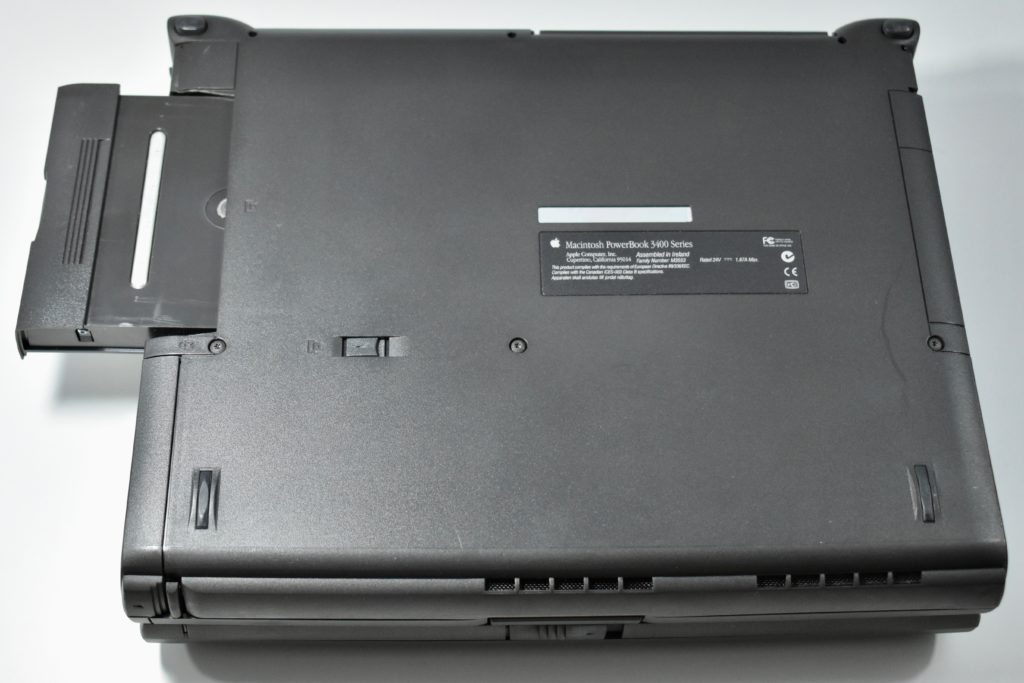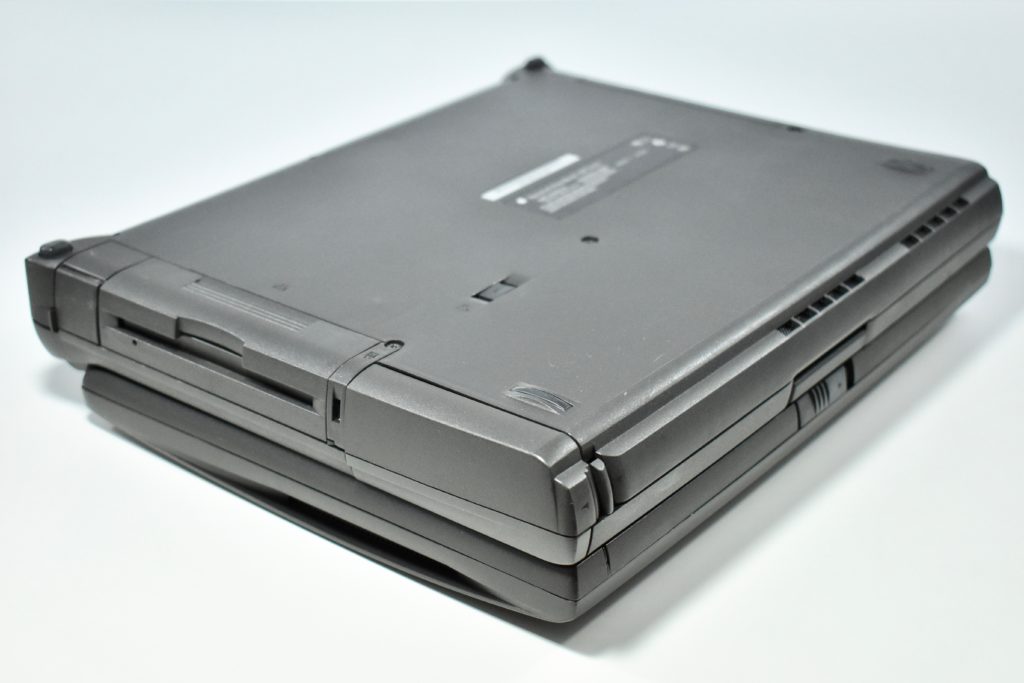My collection of Apple CD and DVD media includes operating systems, applications, software collections that shipped with devices, promotional media, diagnostic tools, and educational content. In general, Apple-branded CD or DVD examples in original packaging have been presented separately, while single discs or collections of discs are presented chronologically.
Apple CDs from 1996 include:
- Macintosh System 7.5 Update 2.0 For system software versions 7.5, 7.5.1, and 7.5.2 (U95073-052B, 1996)
- Apple LaserWriter CD-ROM Version 1.0 For Mac OS and Windows (CD Version 1.0, 691-1229-A, 1996)
- Apple Color Printing CD (1996)
- Apple Macintosh CD, Power Macintosh 5260/100 (SSW Version 7.5.3, CD Version 1.0, 691-0992-A, 1996)
- Macintosh PowerBook 1400 series (SSW Version 7.5.3, CD Version 1.0, 691-0954-A, 1996)
- Apple Macintosh CD, Macintosh PowerBook System Software for PowerBook 5300/2300/190 computers and PowerPC hardware upgrades (SSW Version 7.5.2, CD Version 1.2.1, 691-0911-A, 1996)
- Apple Internet Connection Kit (Version 1.1.5, 691-1096-A, 1996)
- Apple Network Administrator Toolkit (U96073-026A, 1996)
In 1996 Macintosh computer system software was able to fit on a single CD. Apple used a standard white CD envelope with a white cloth-like back and a clear plastic front for system CDs. When multiple CDs were required, each CD shipped in a separate standard envelope.

